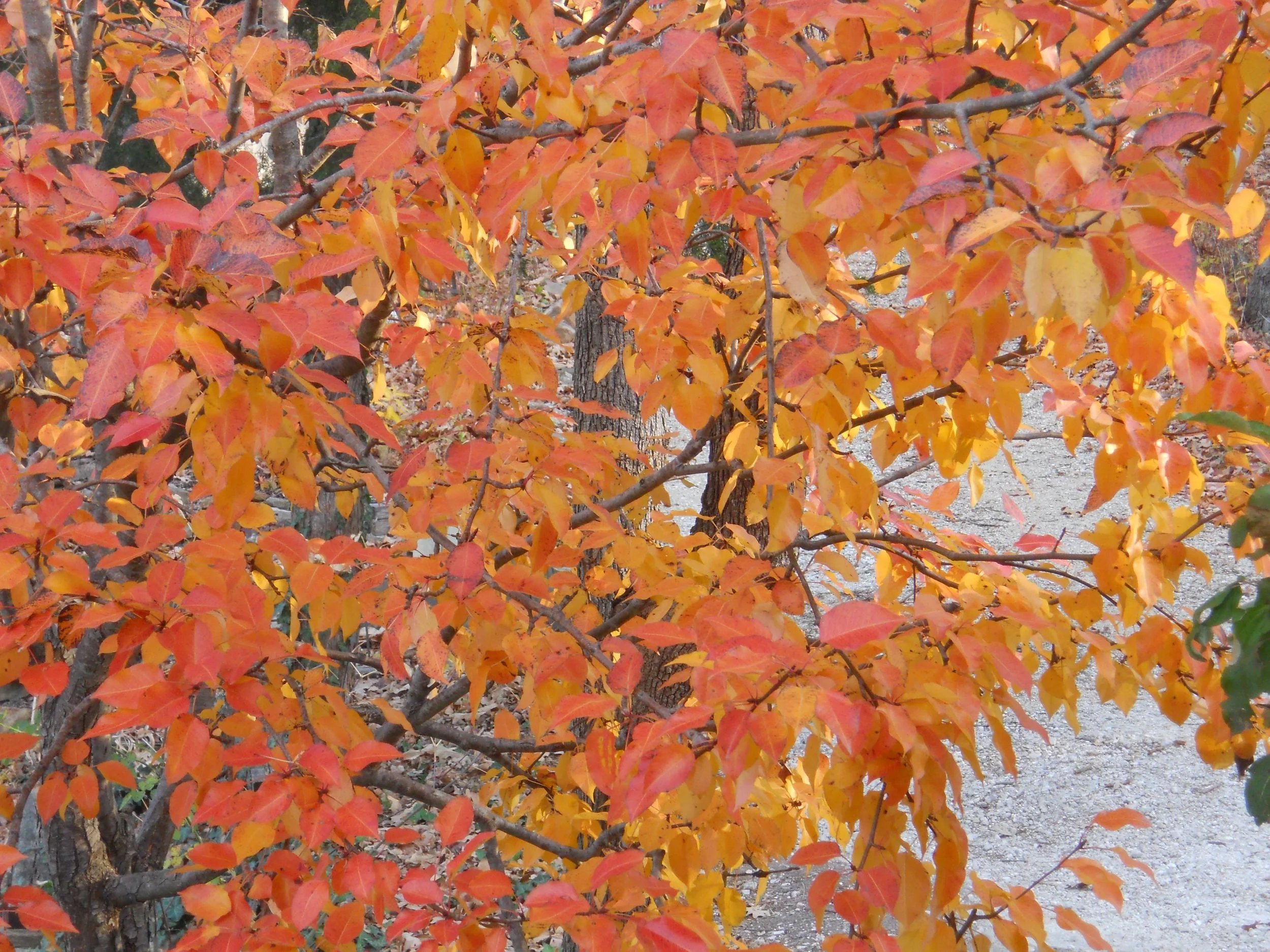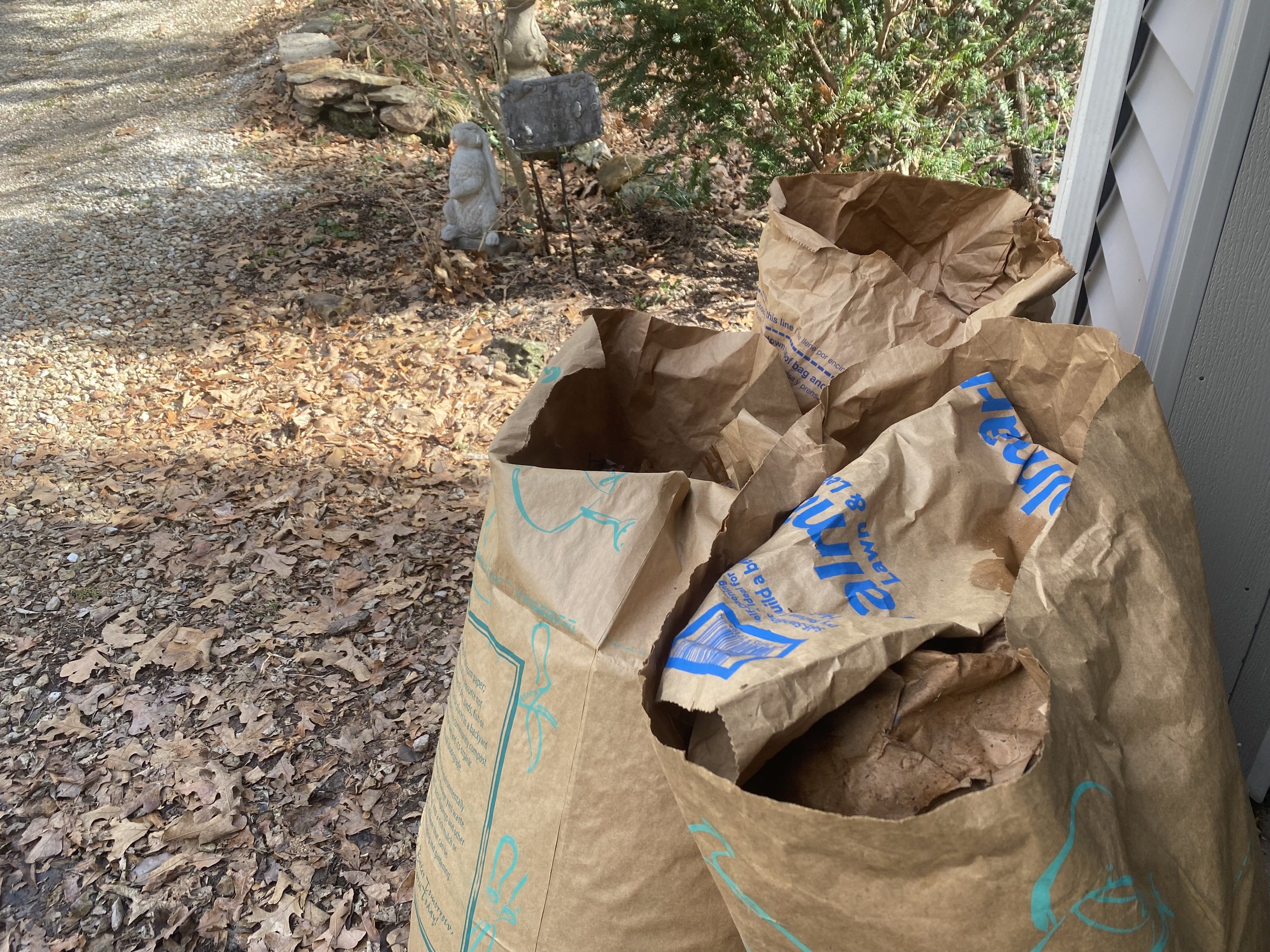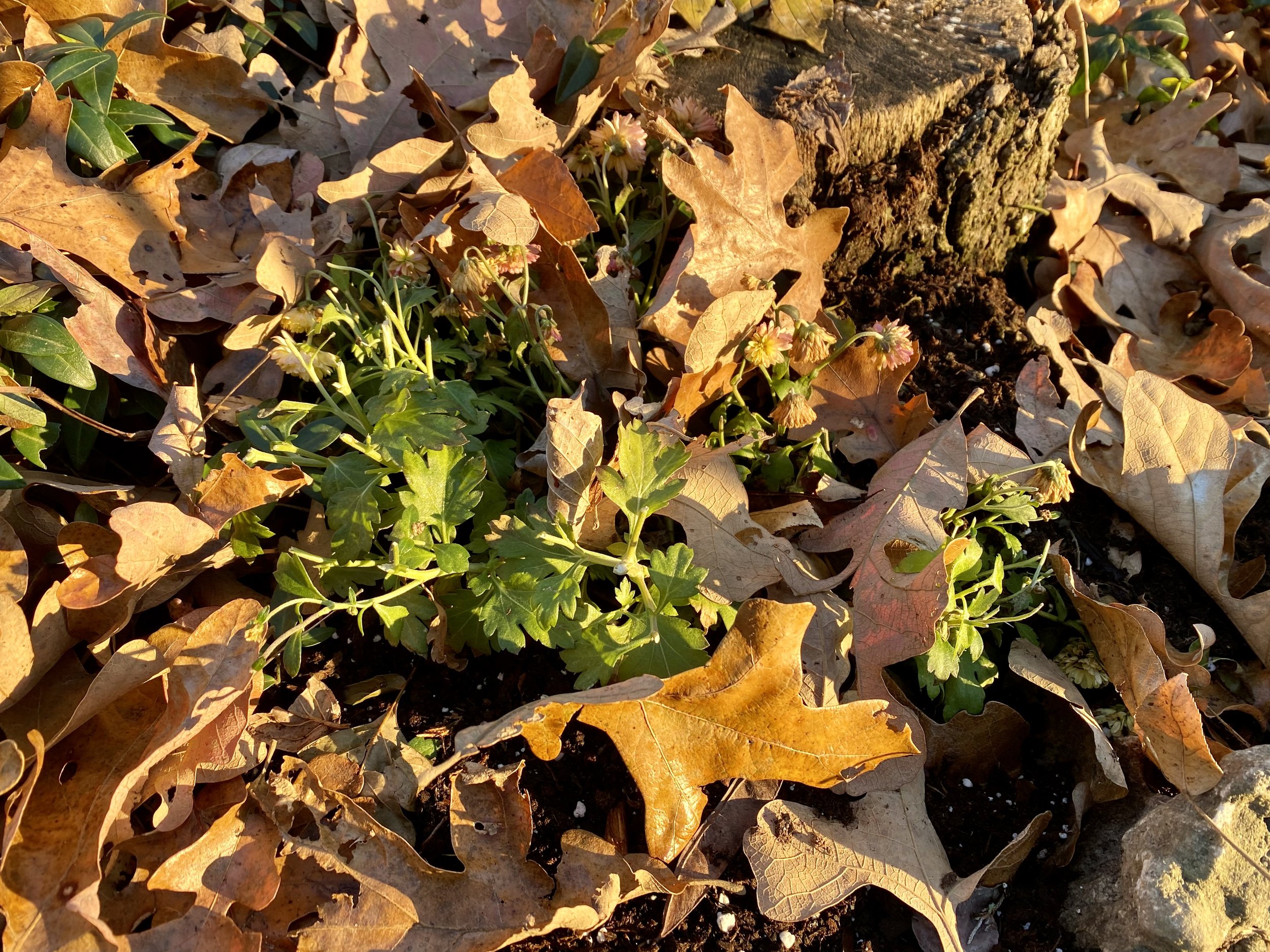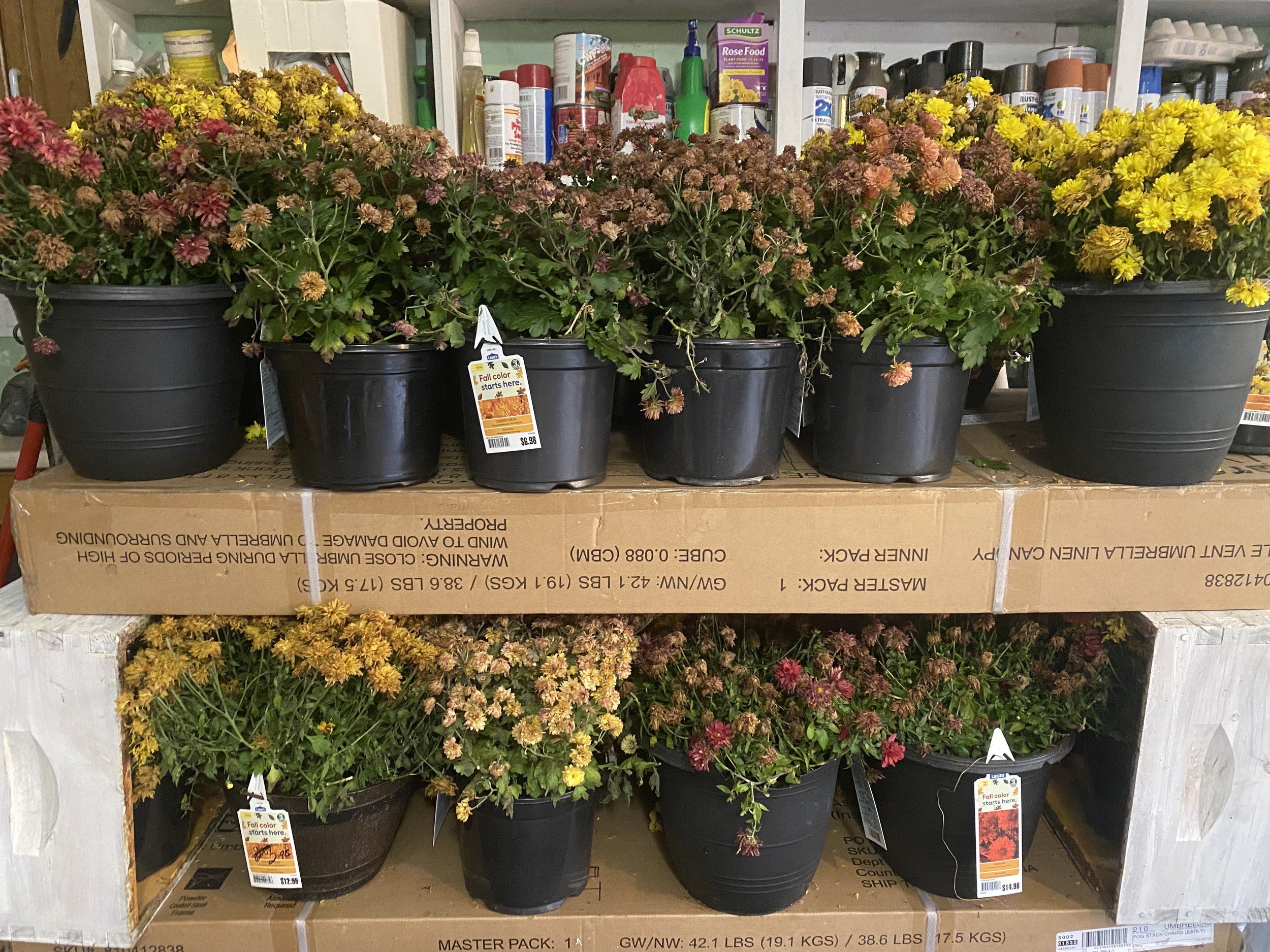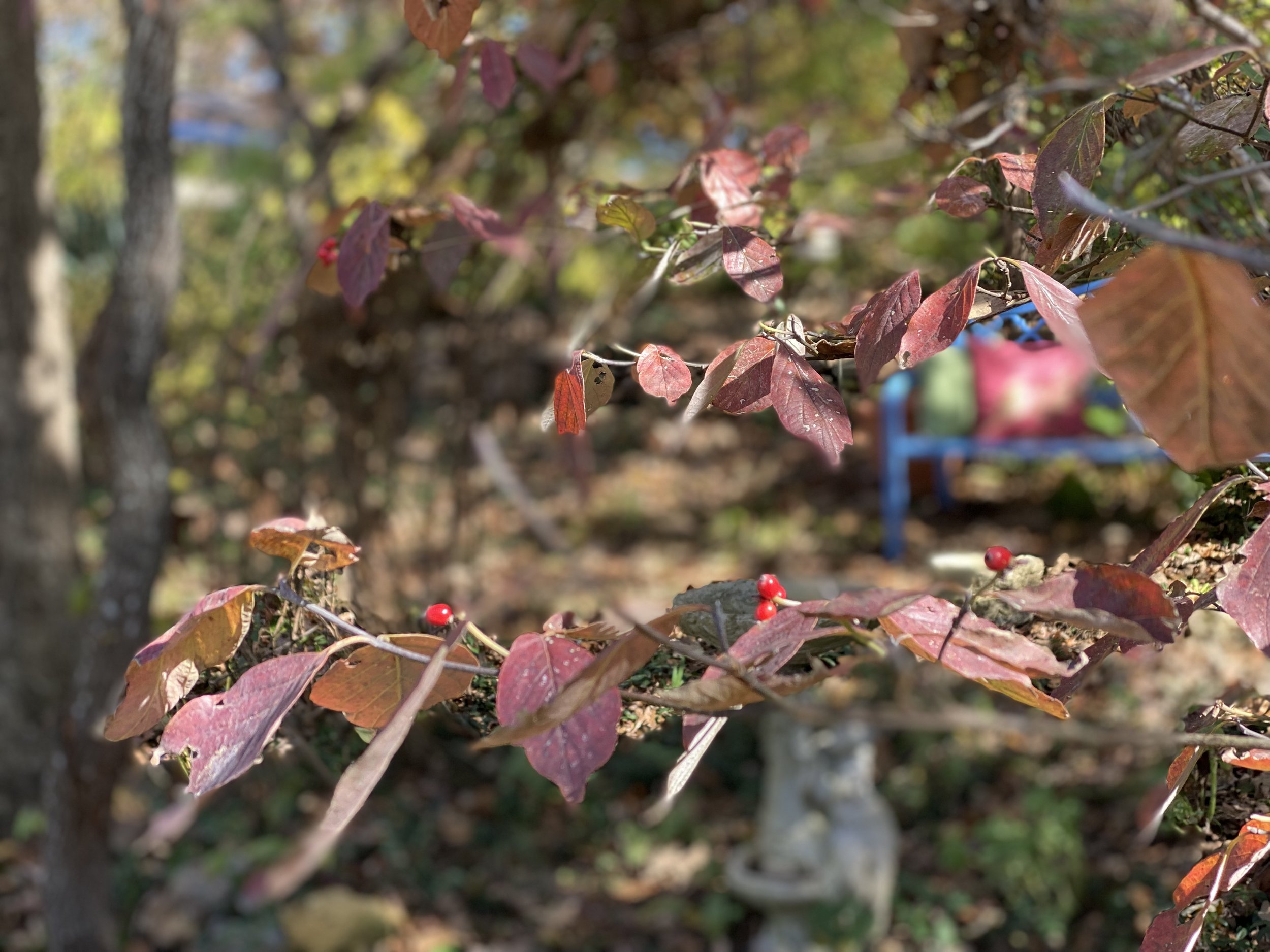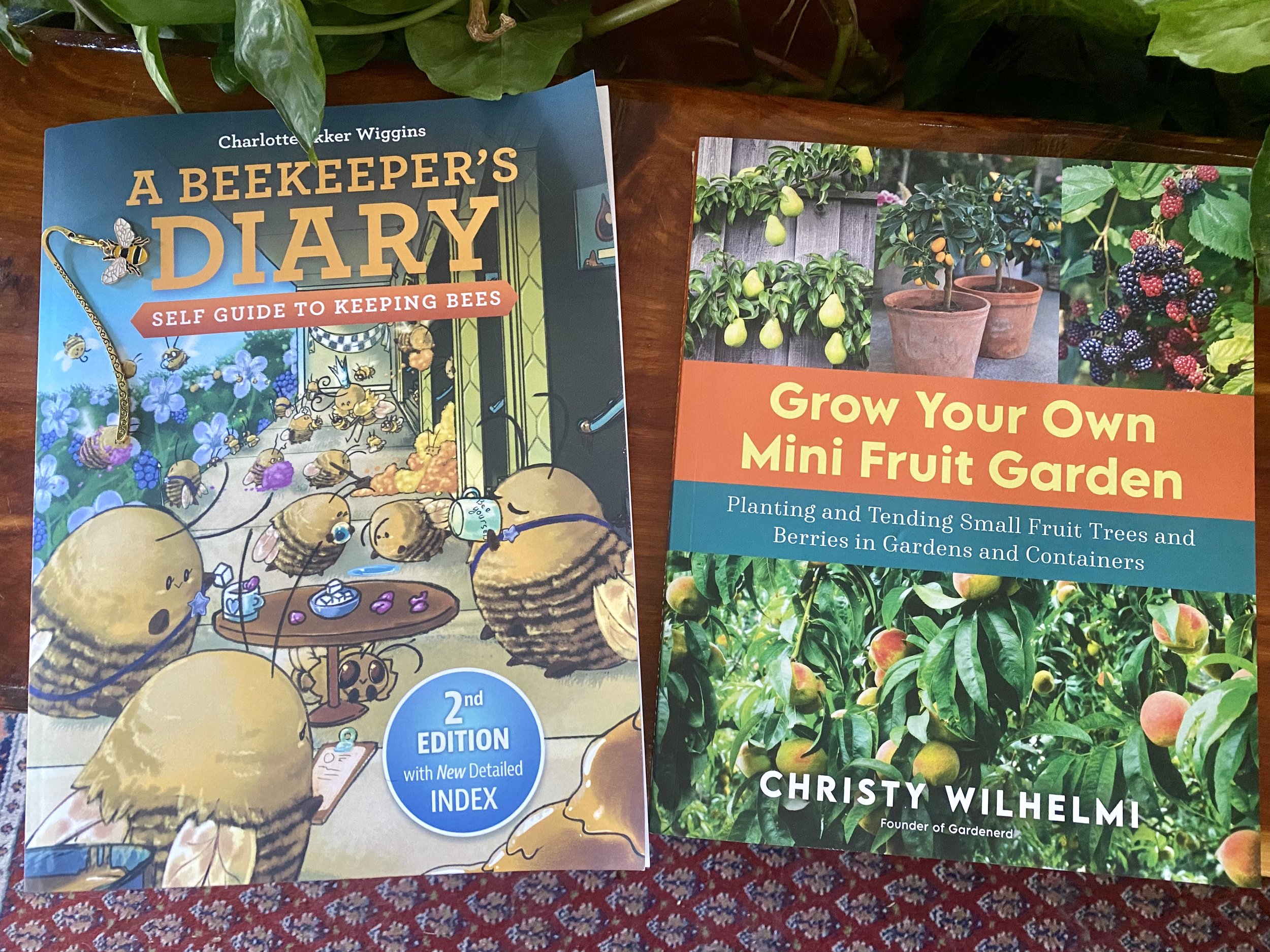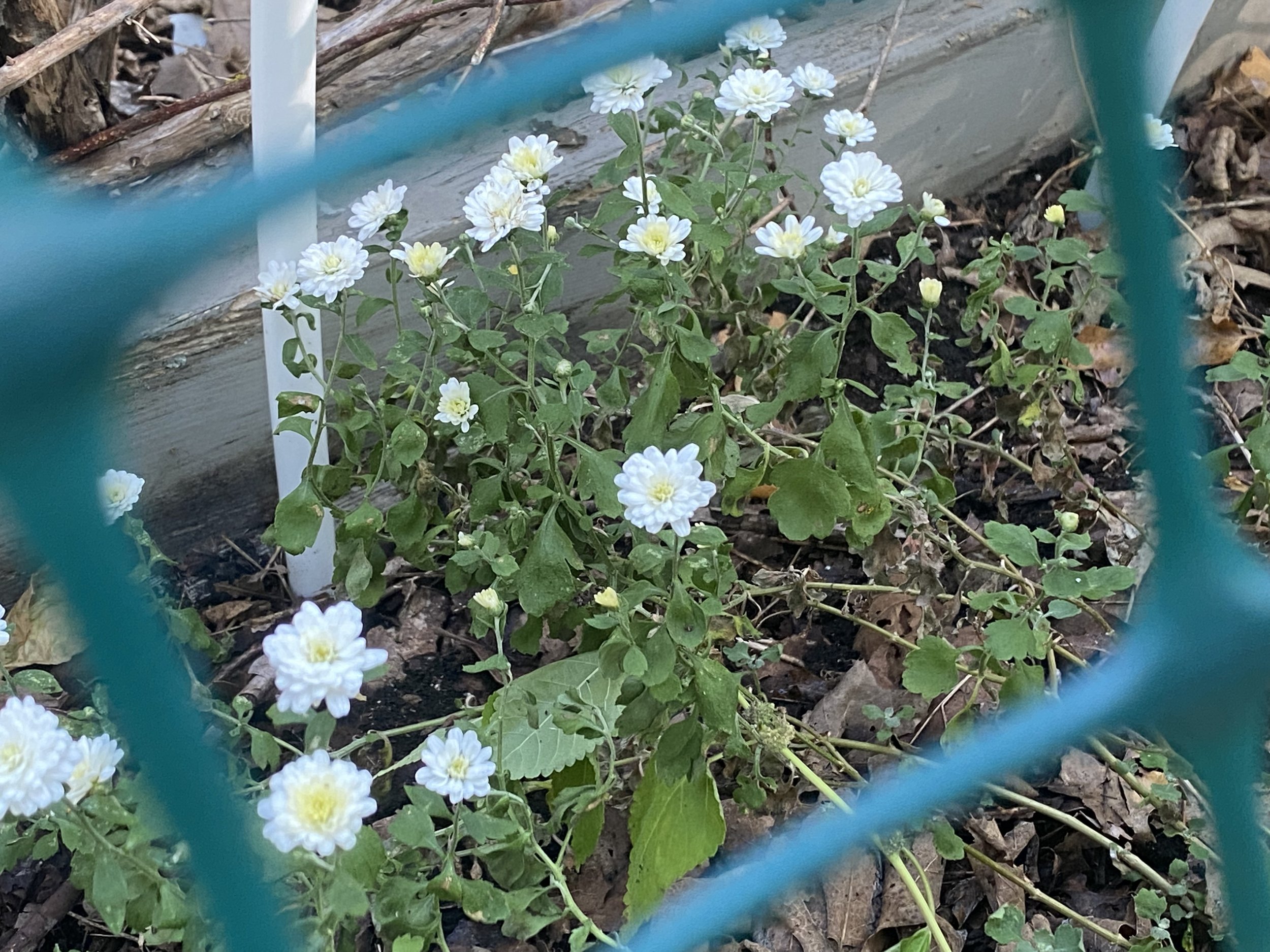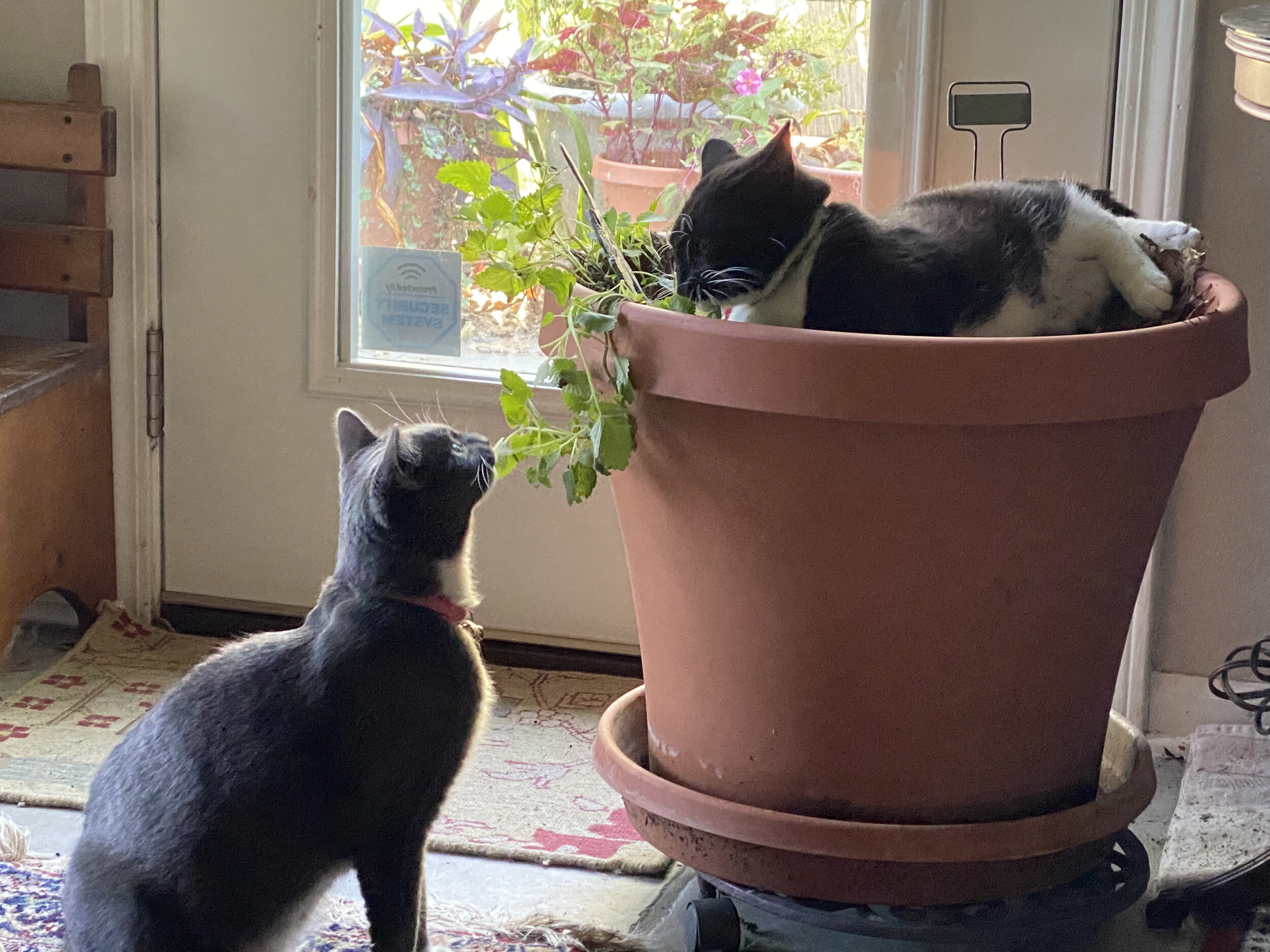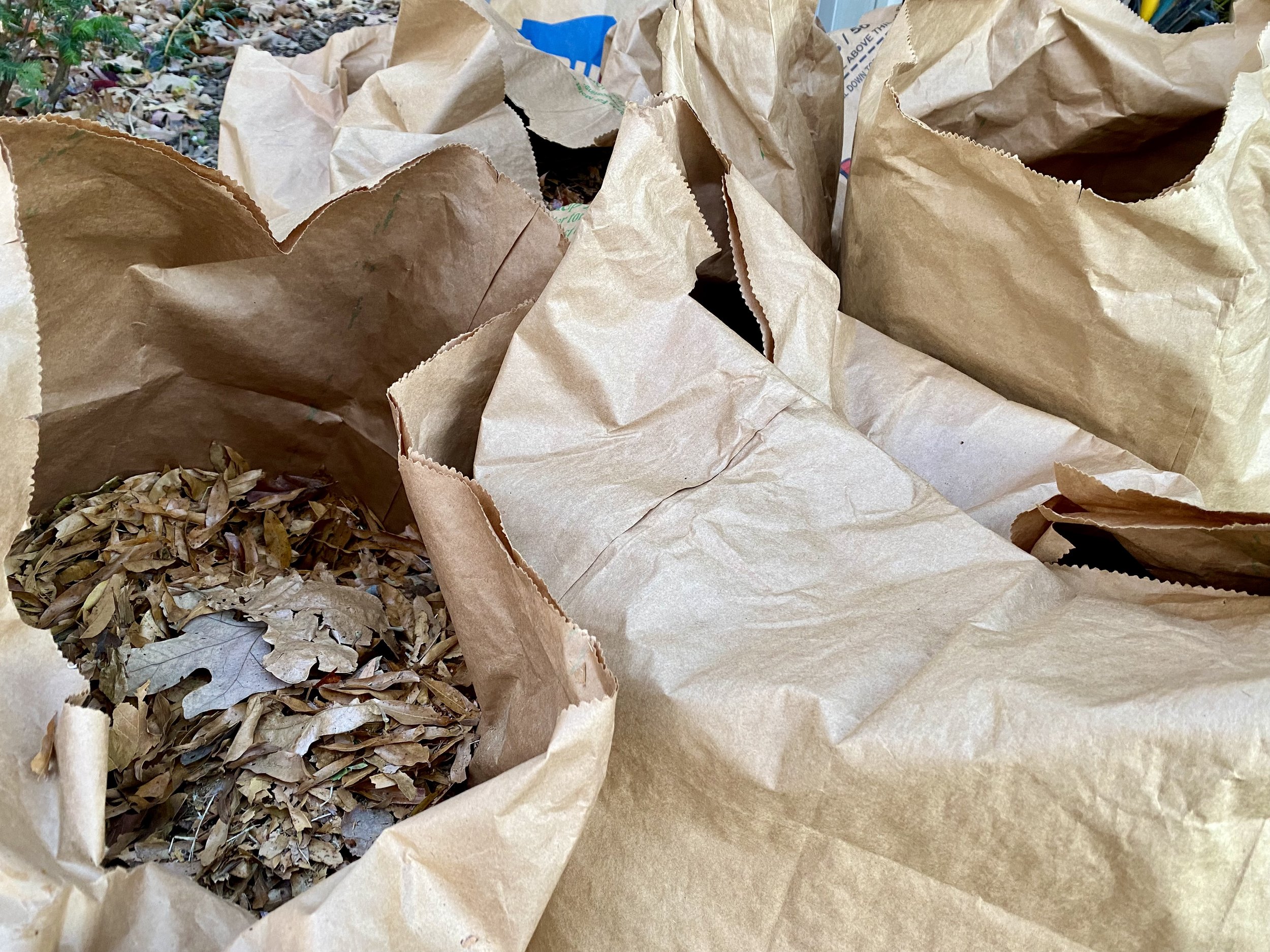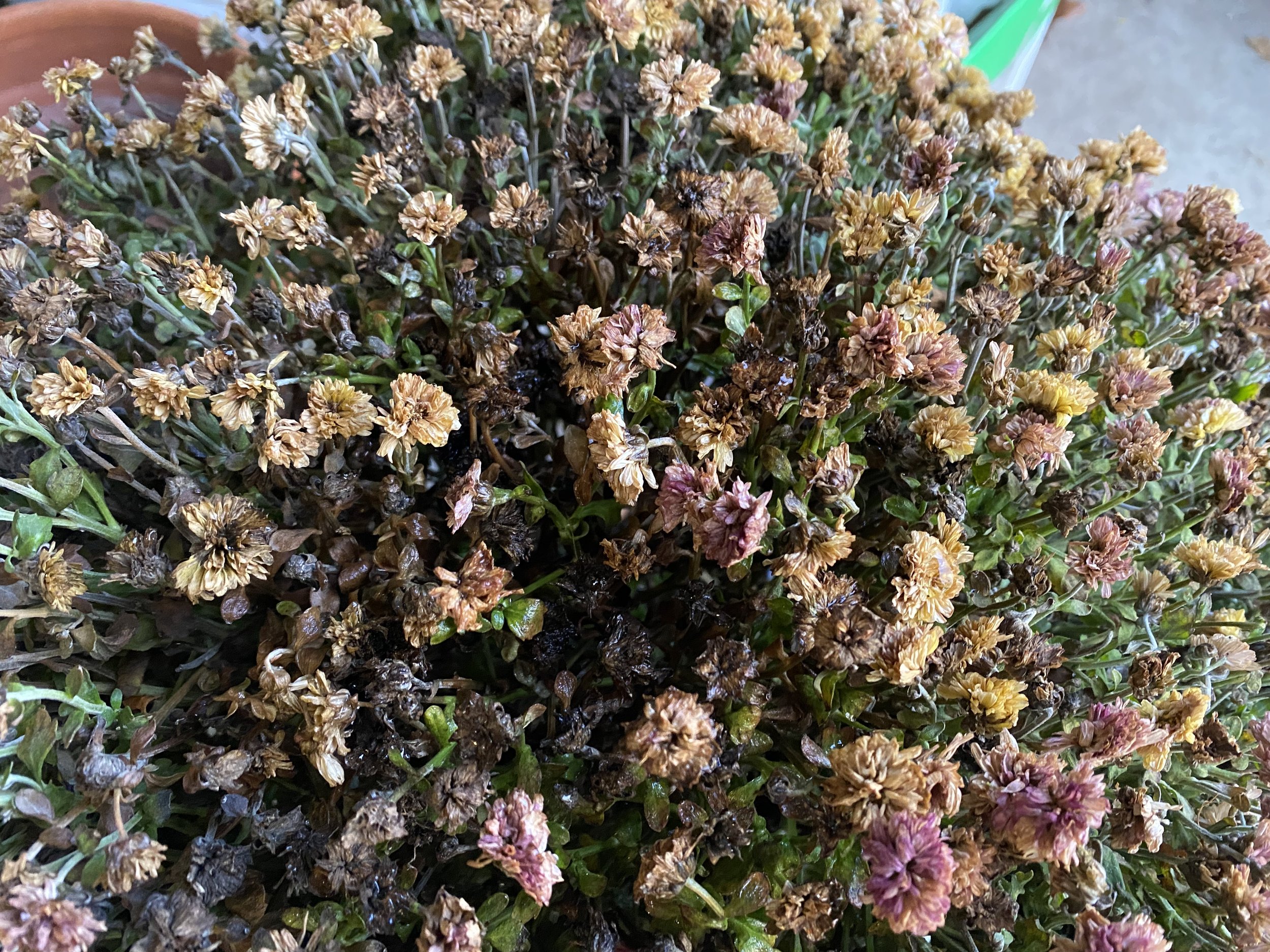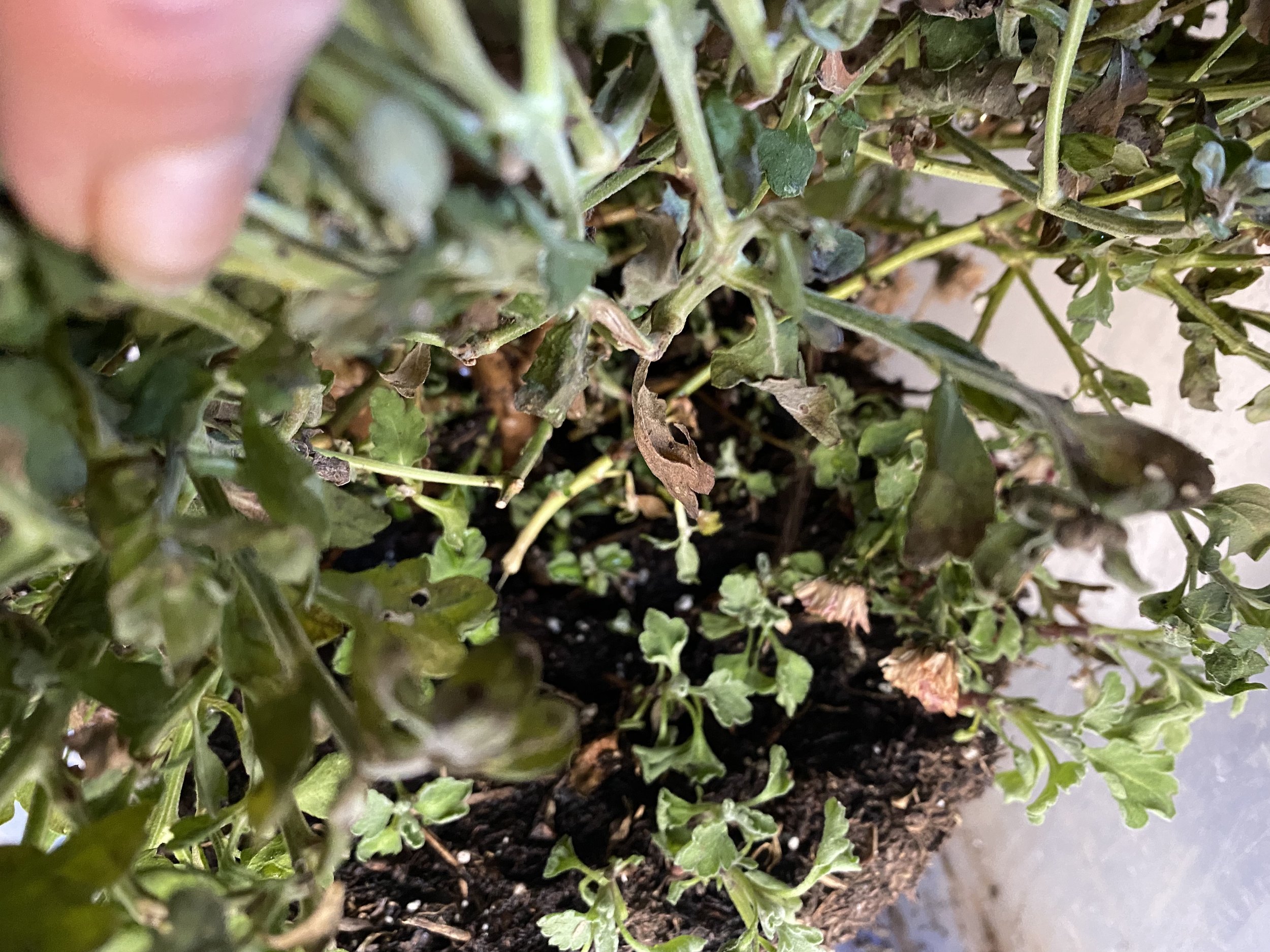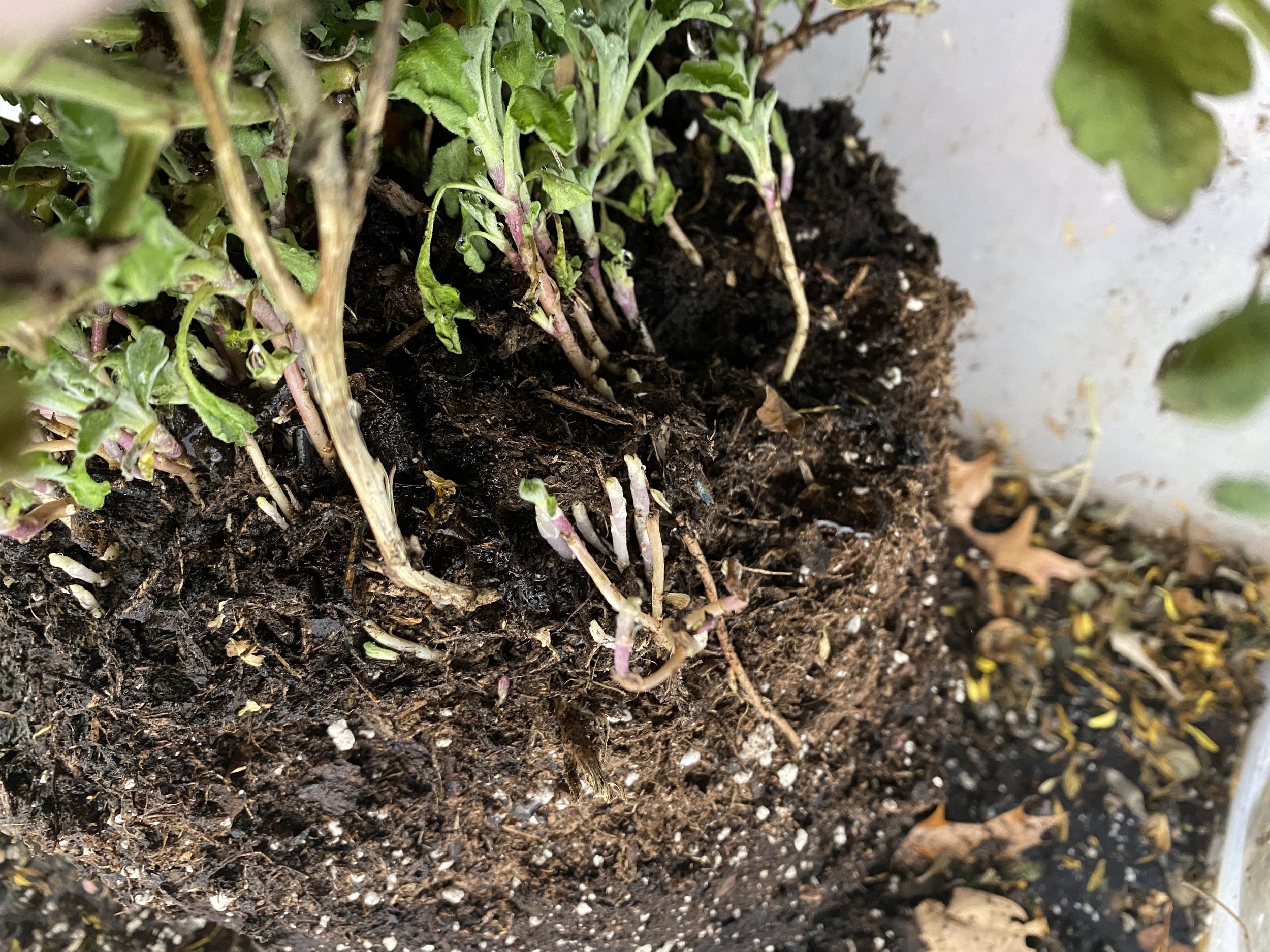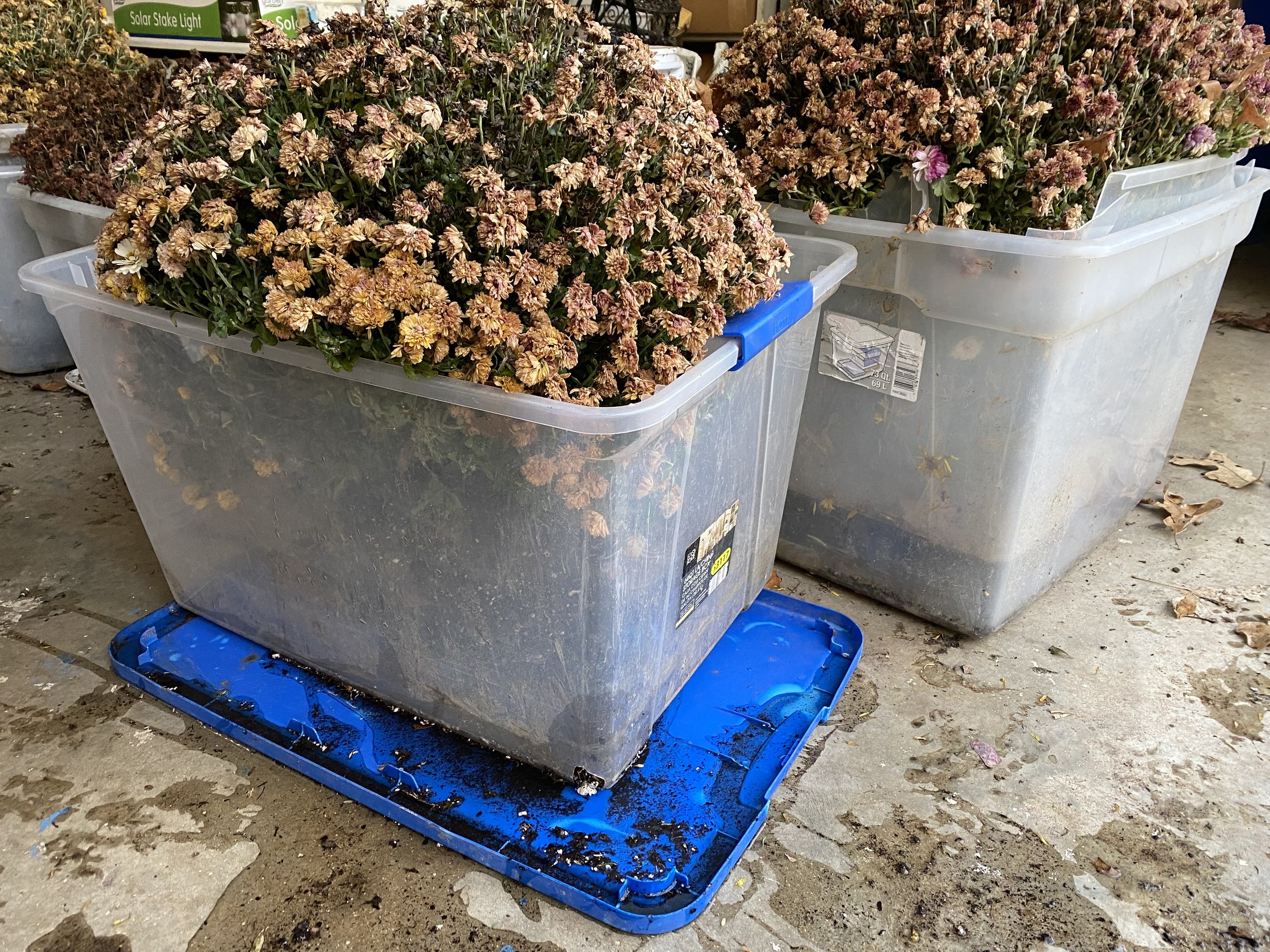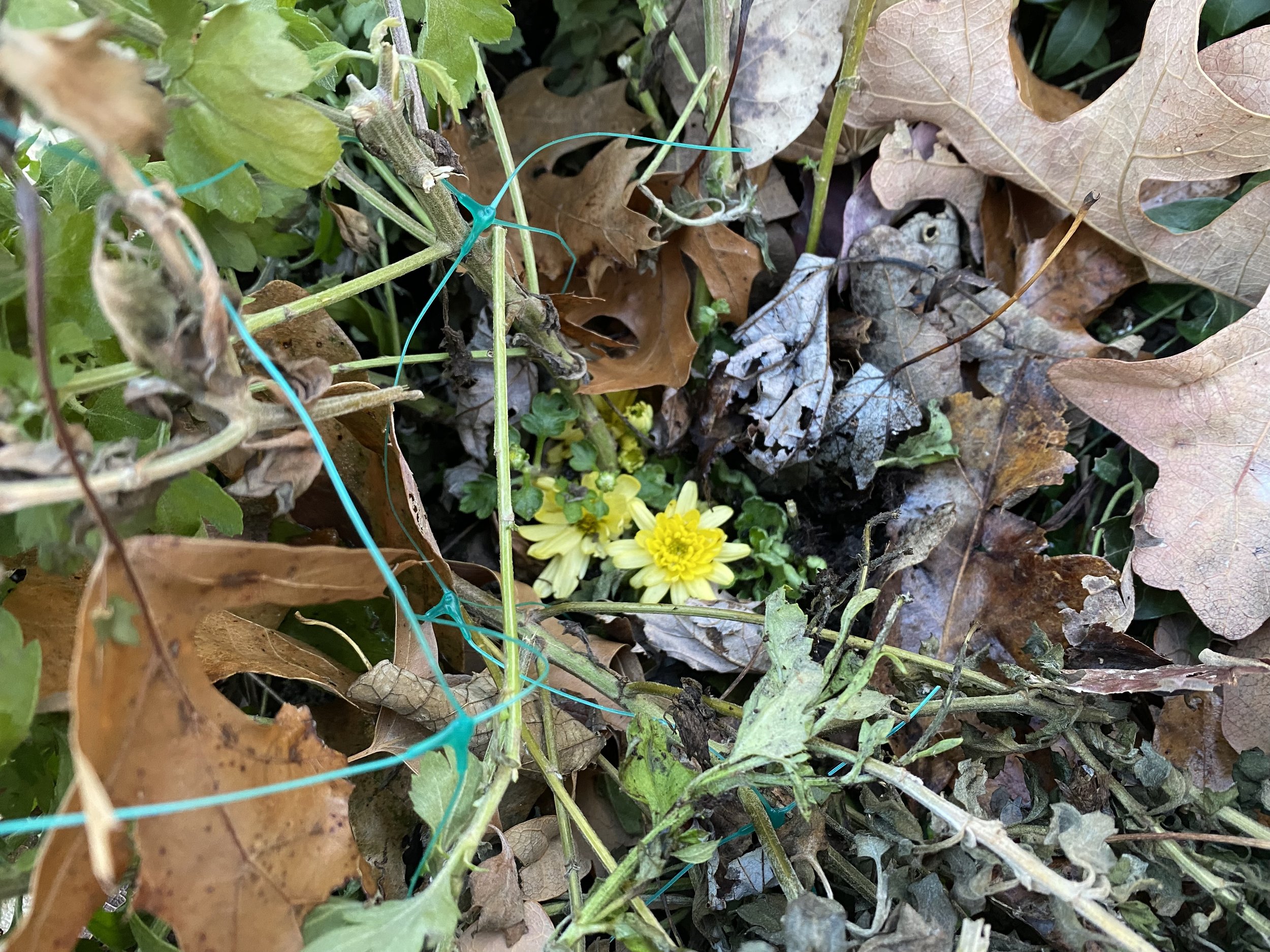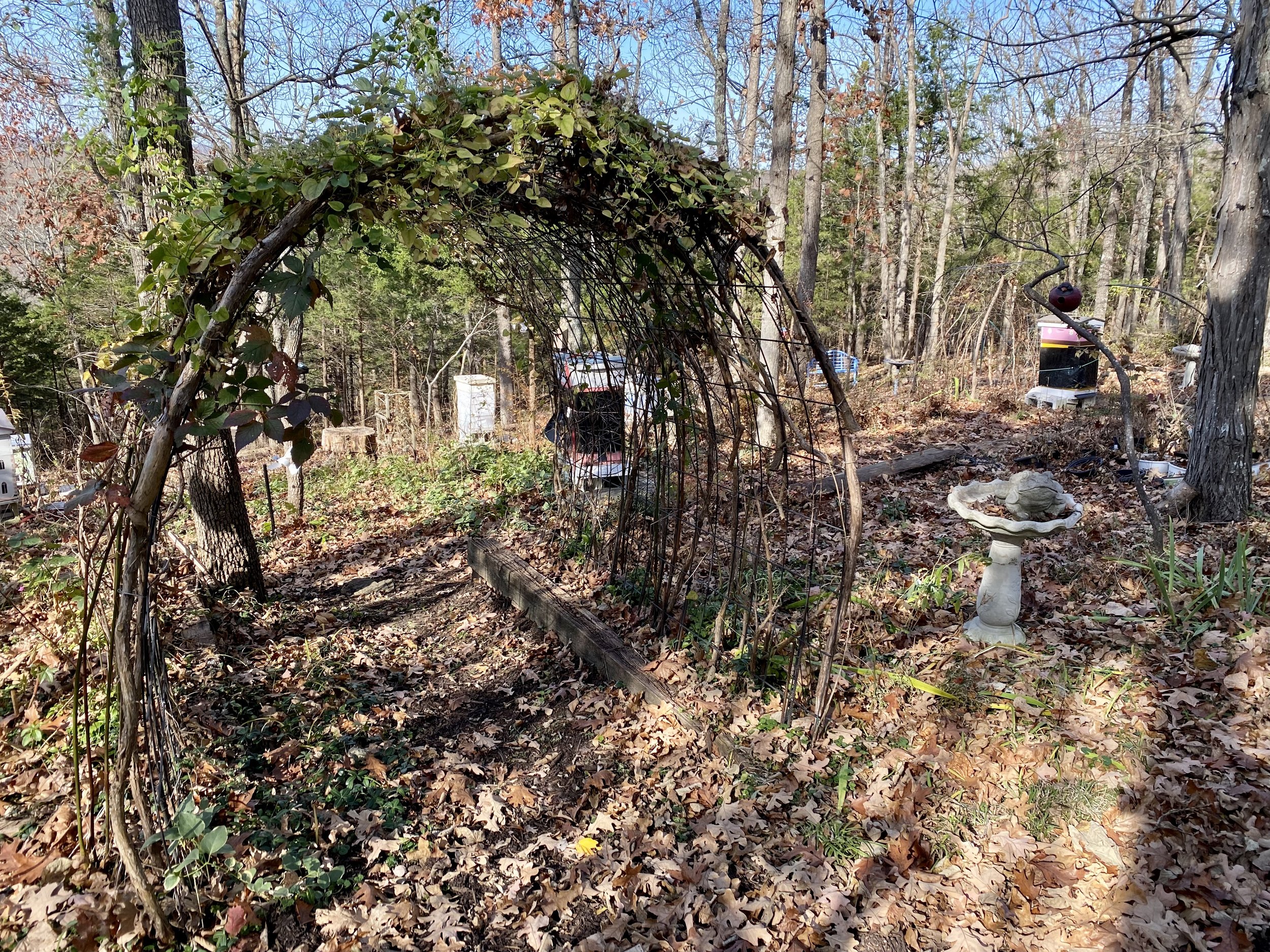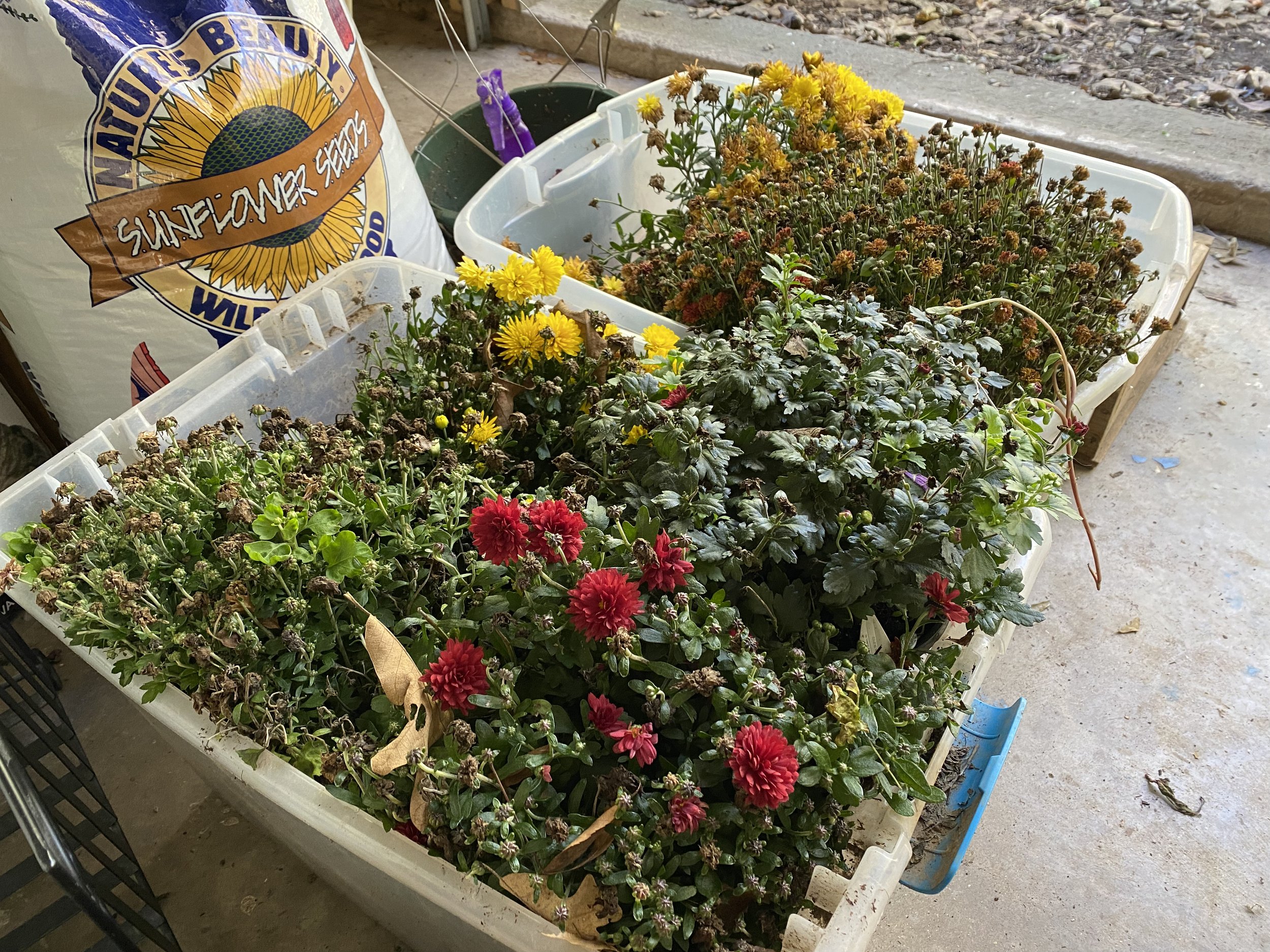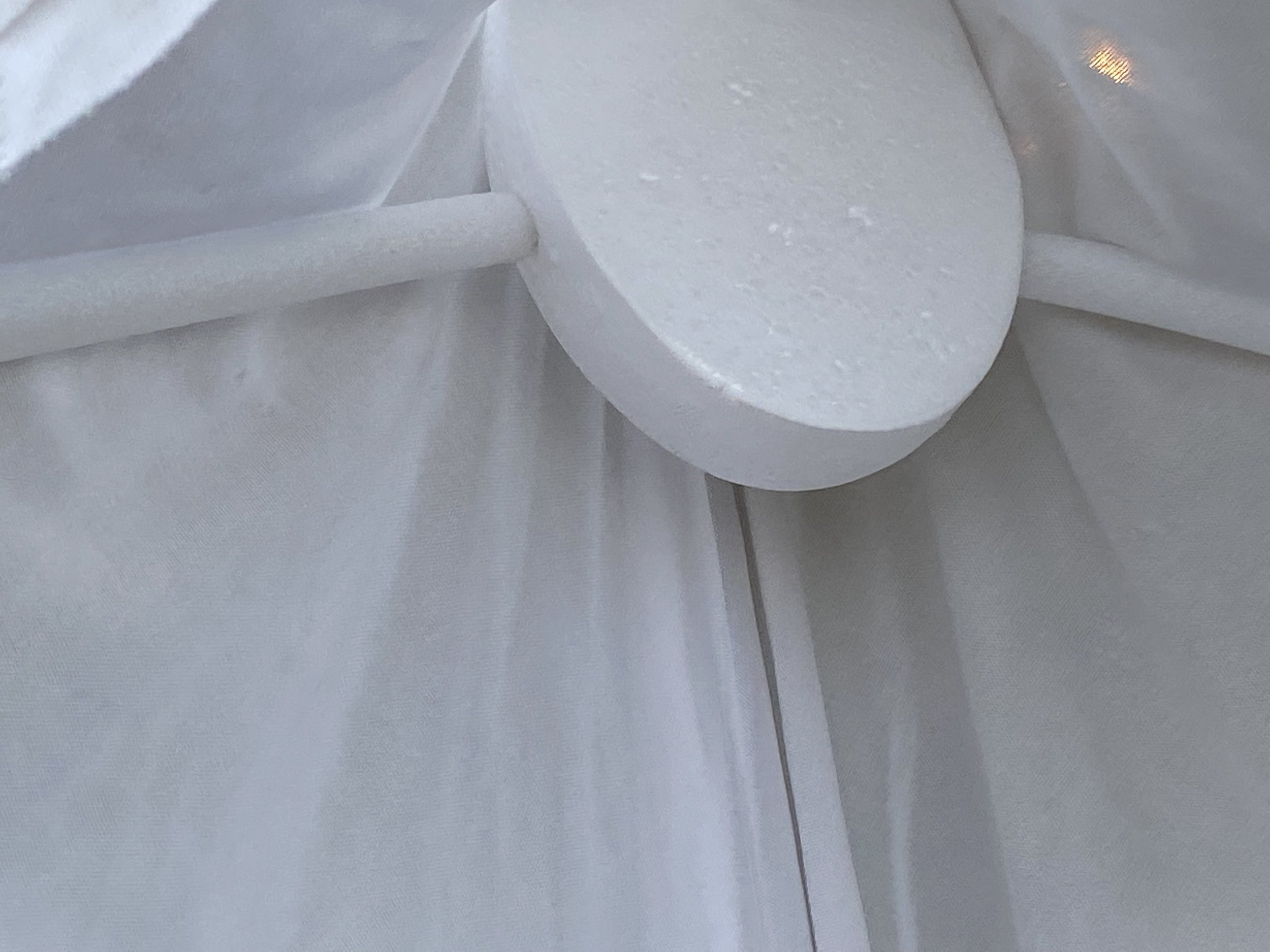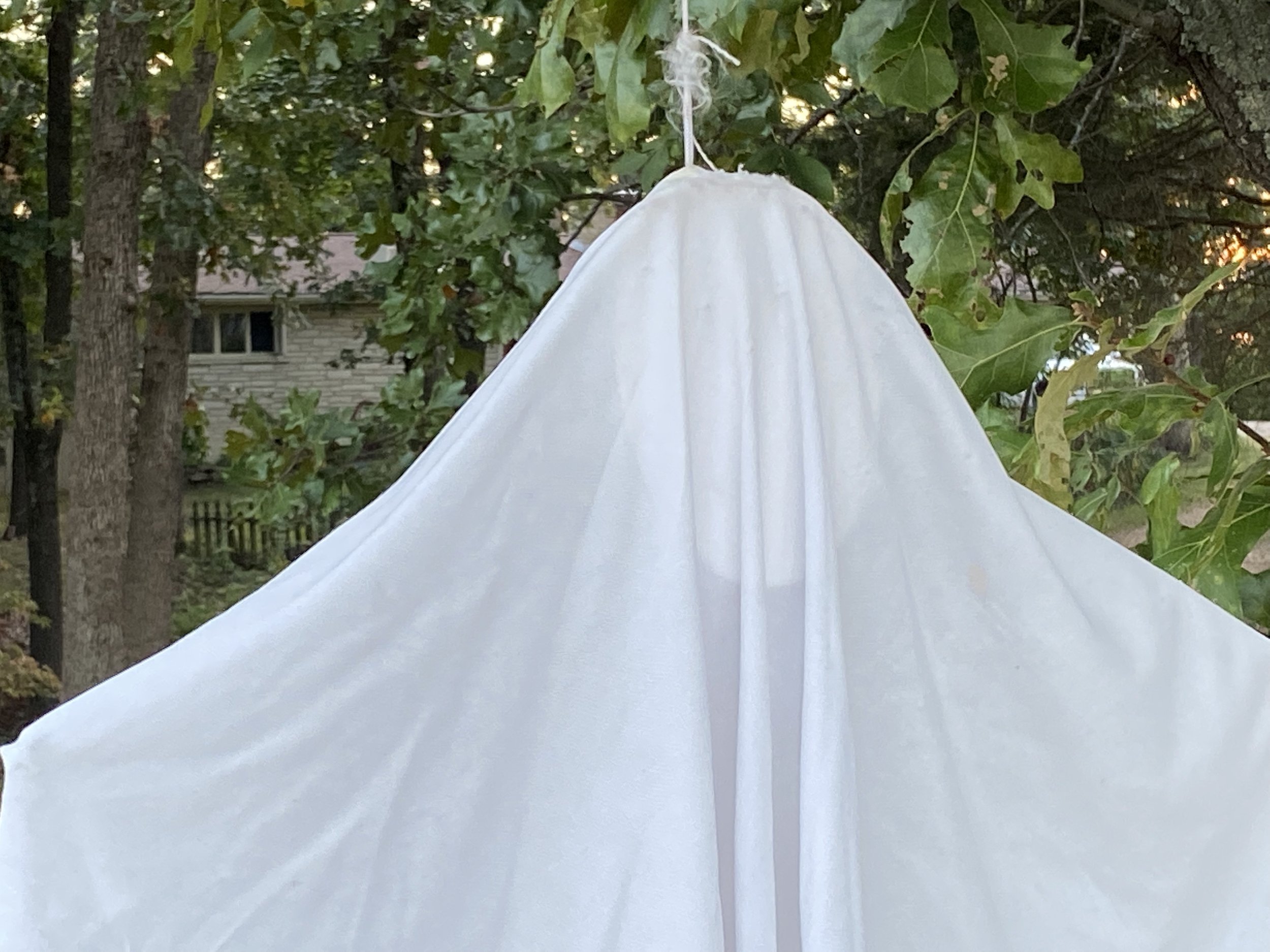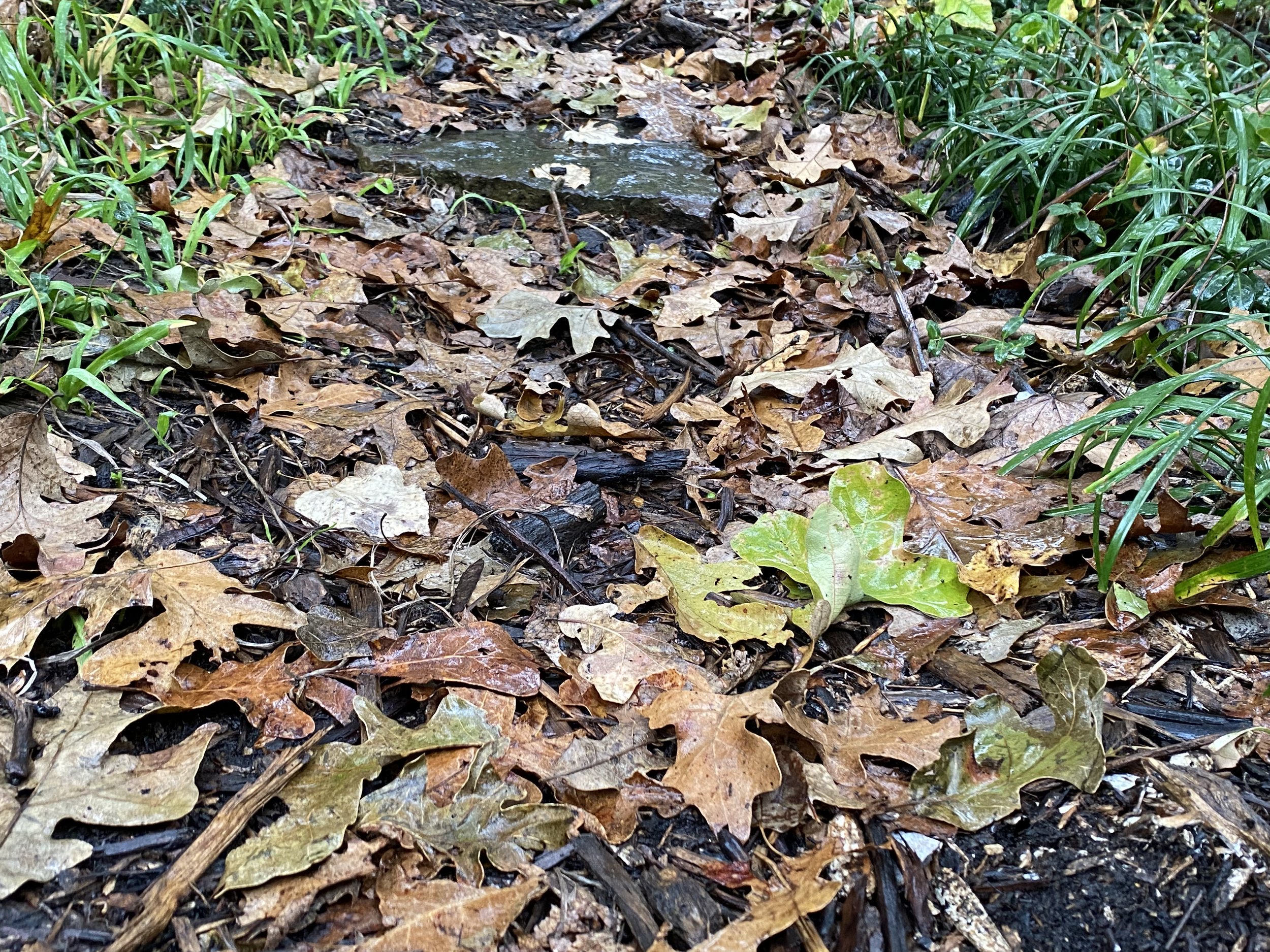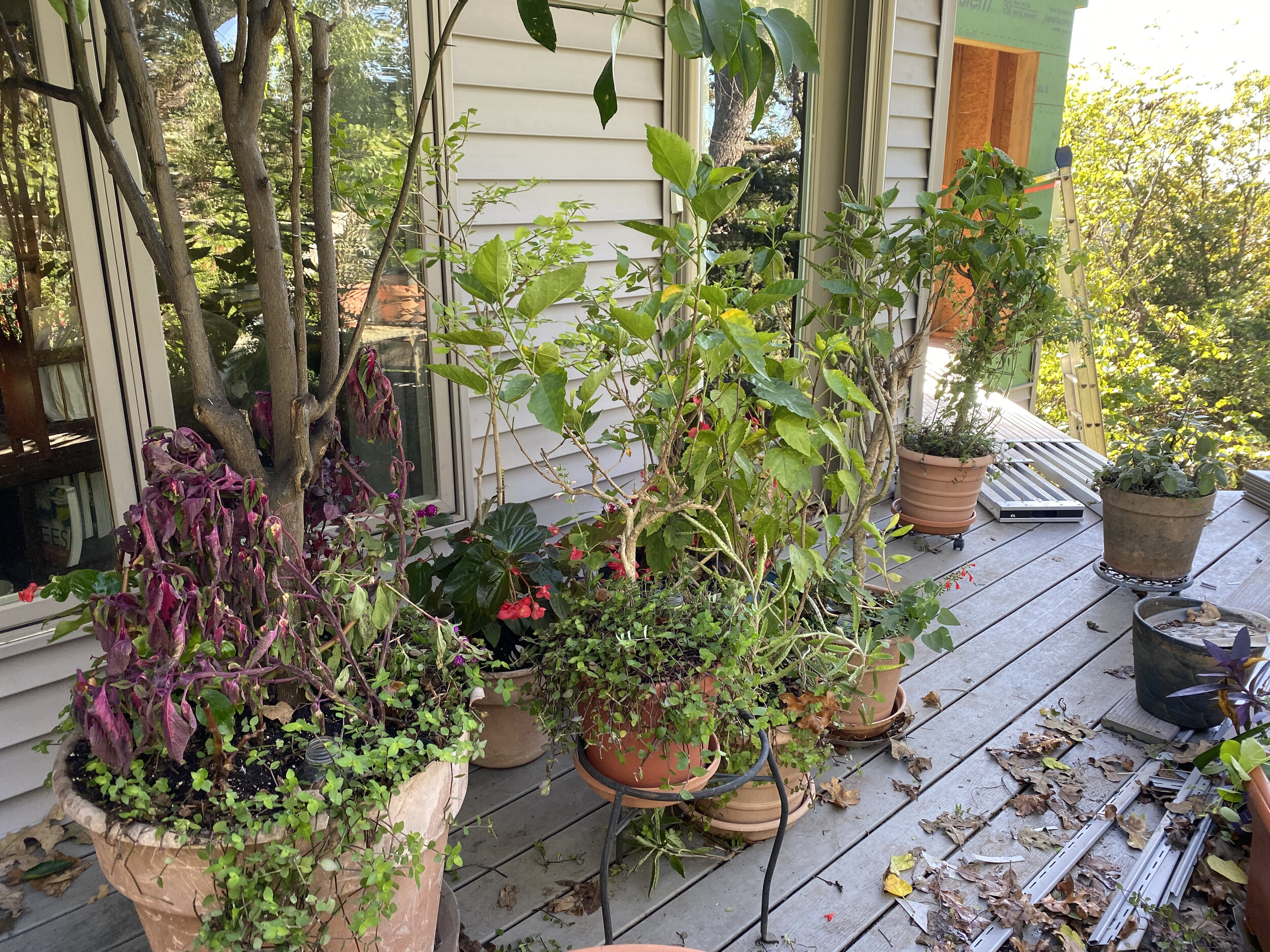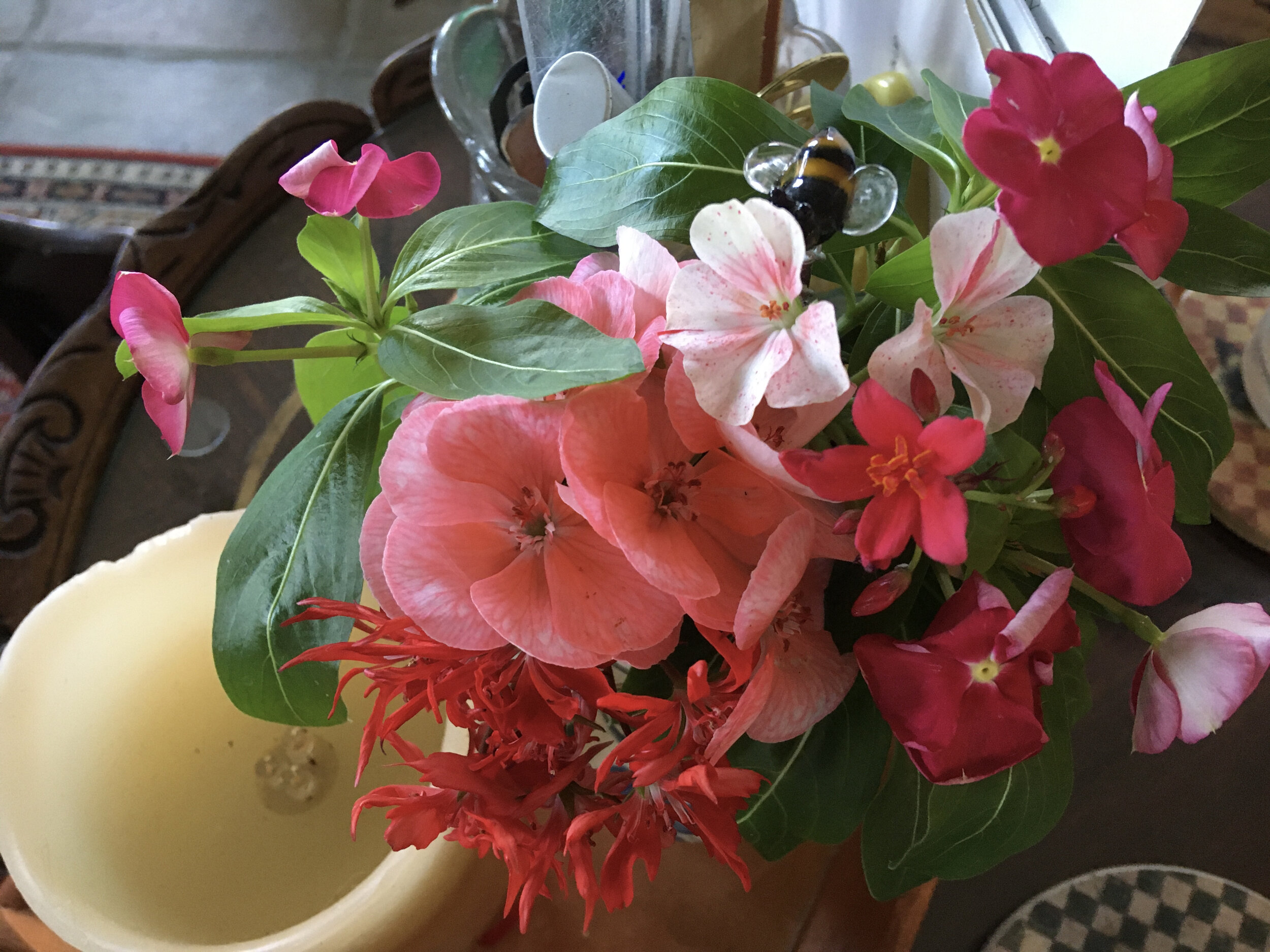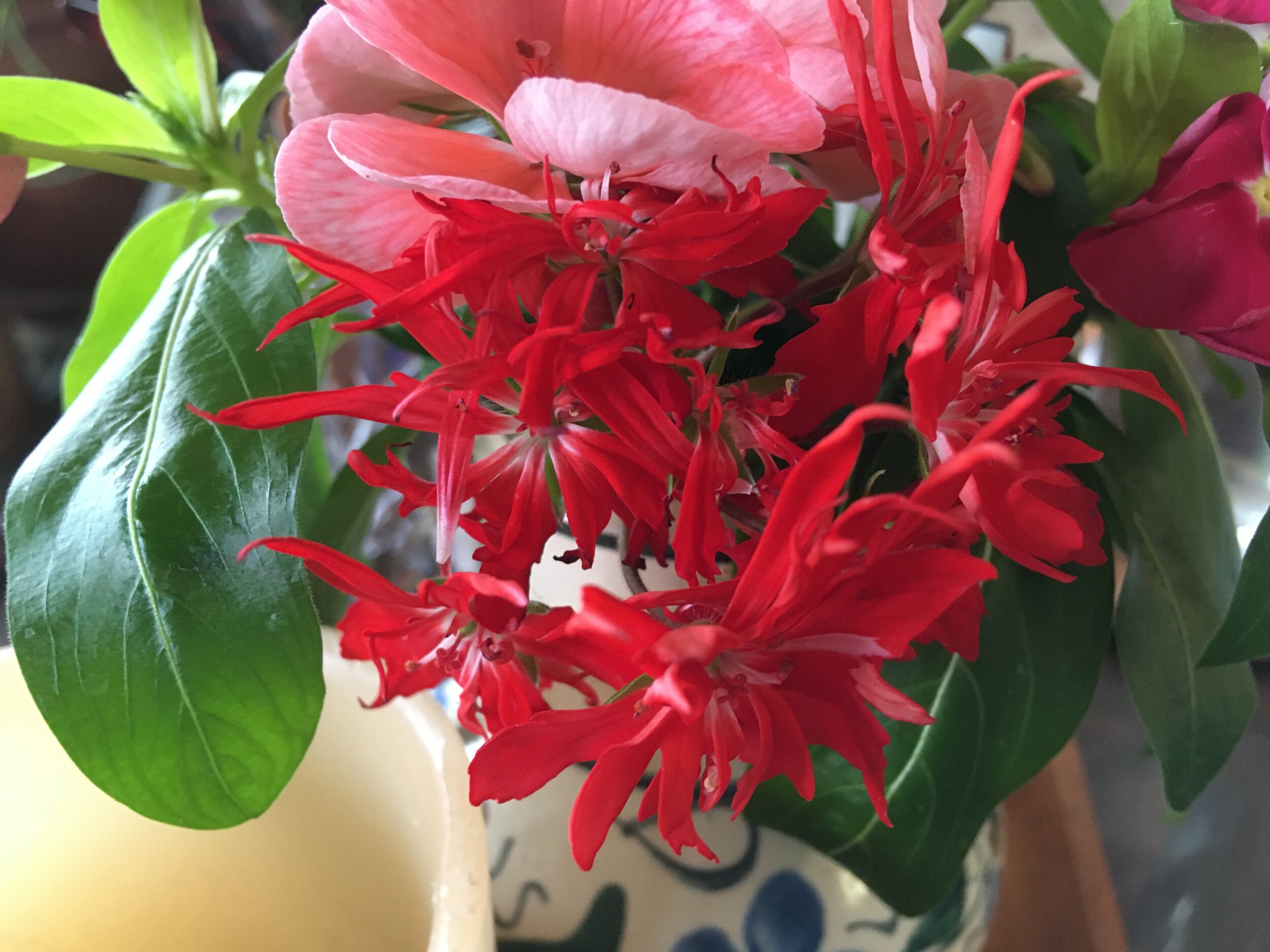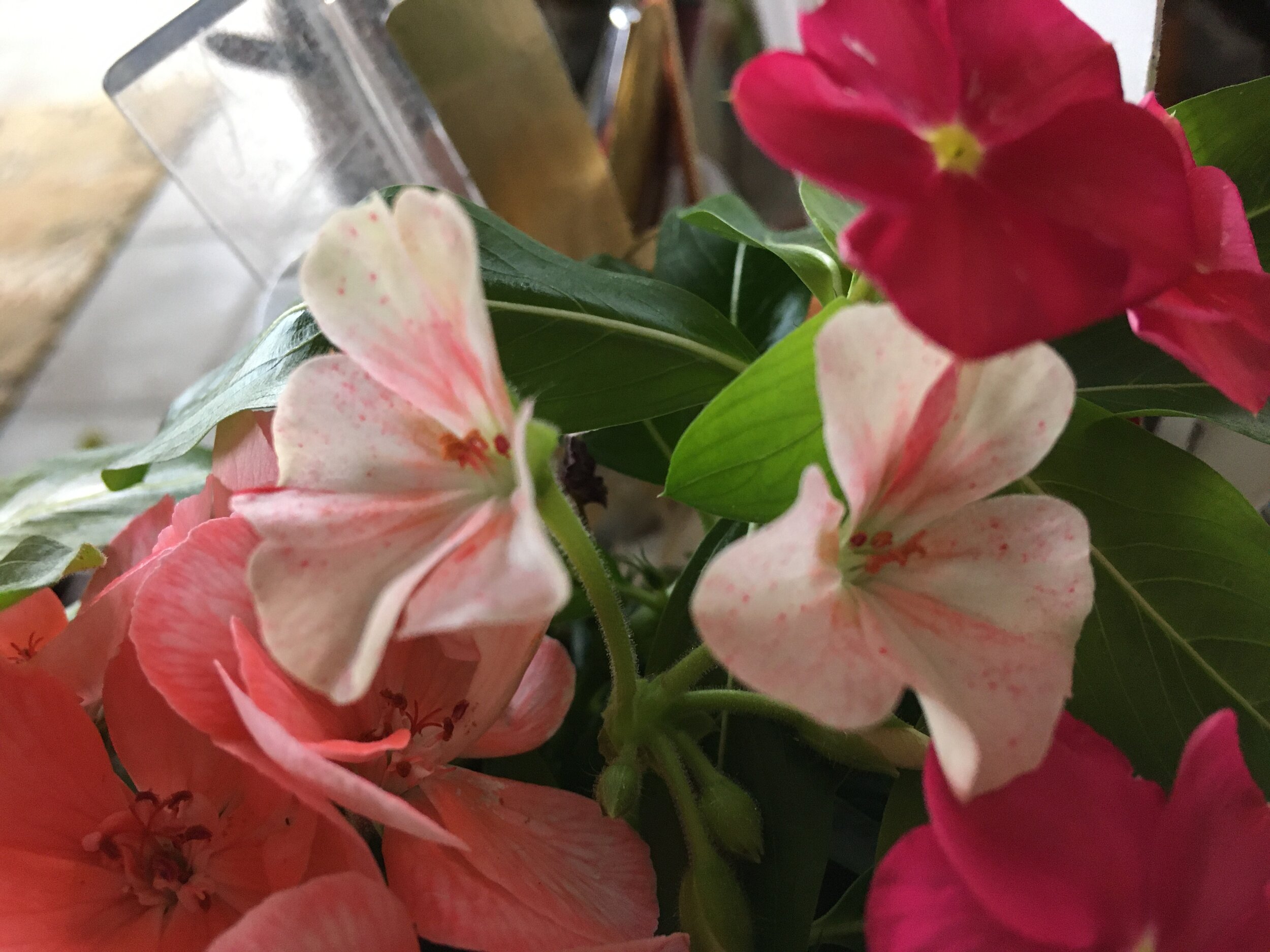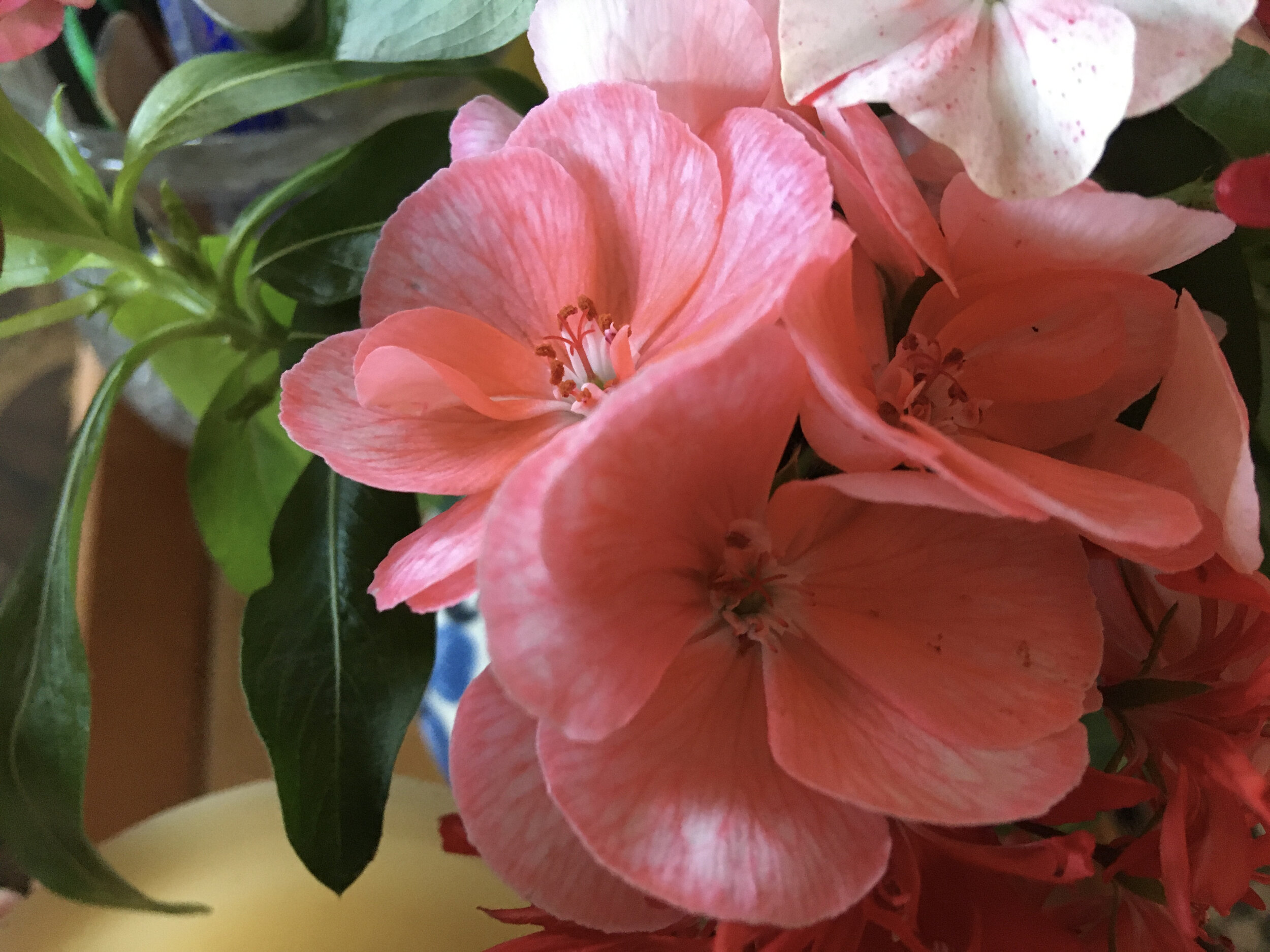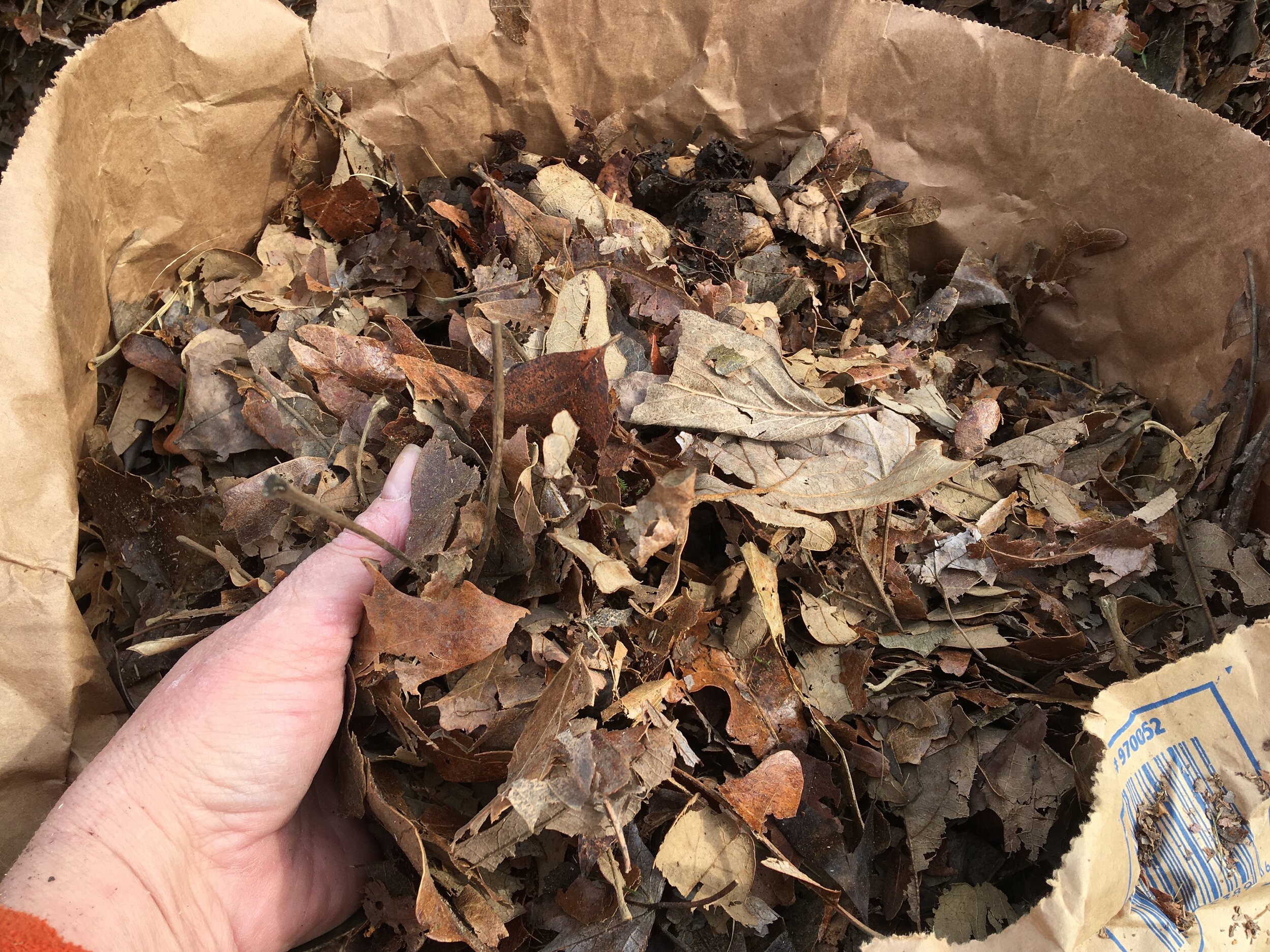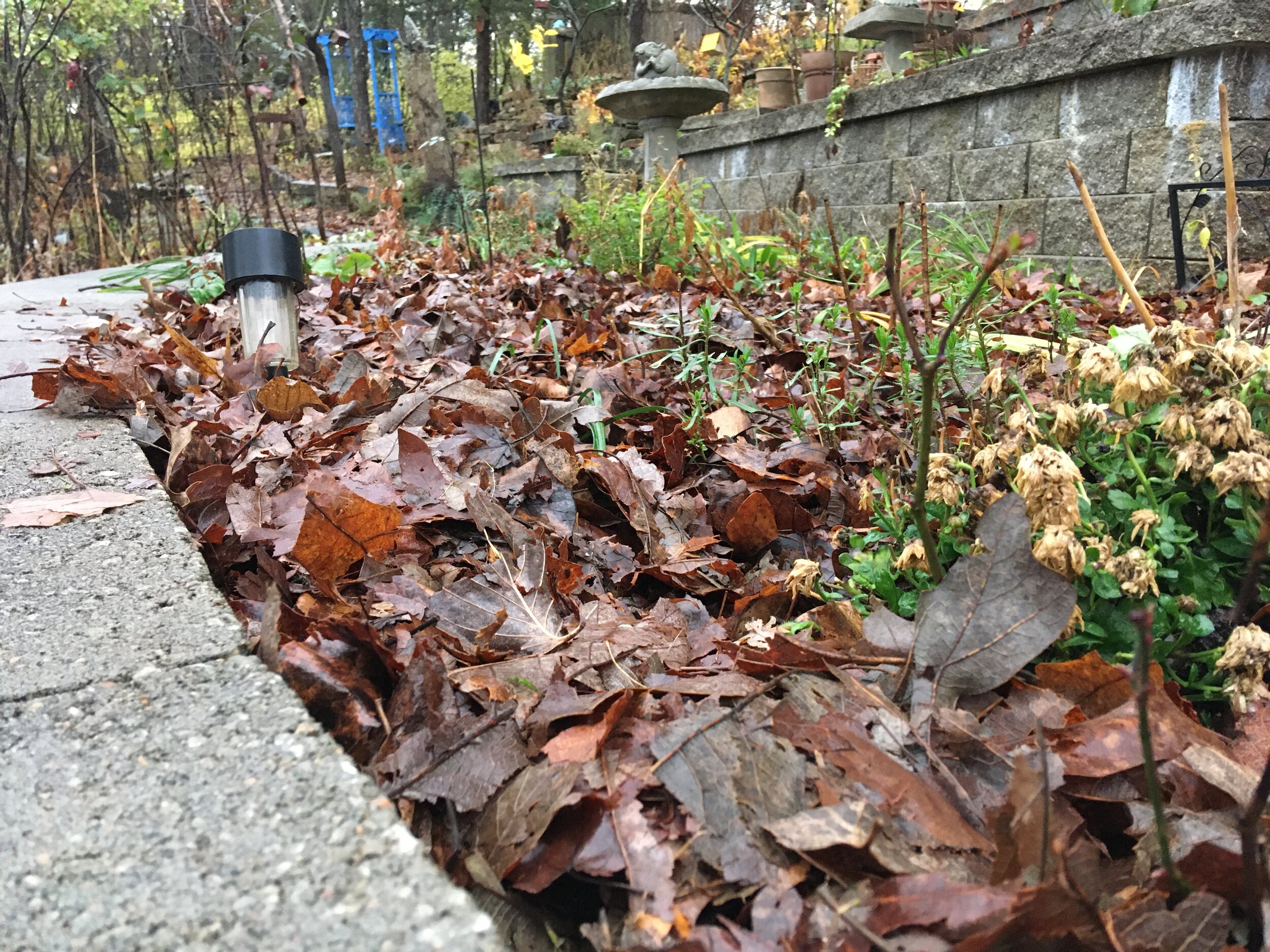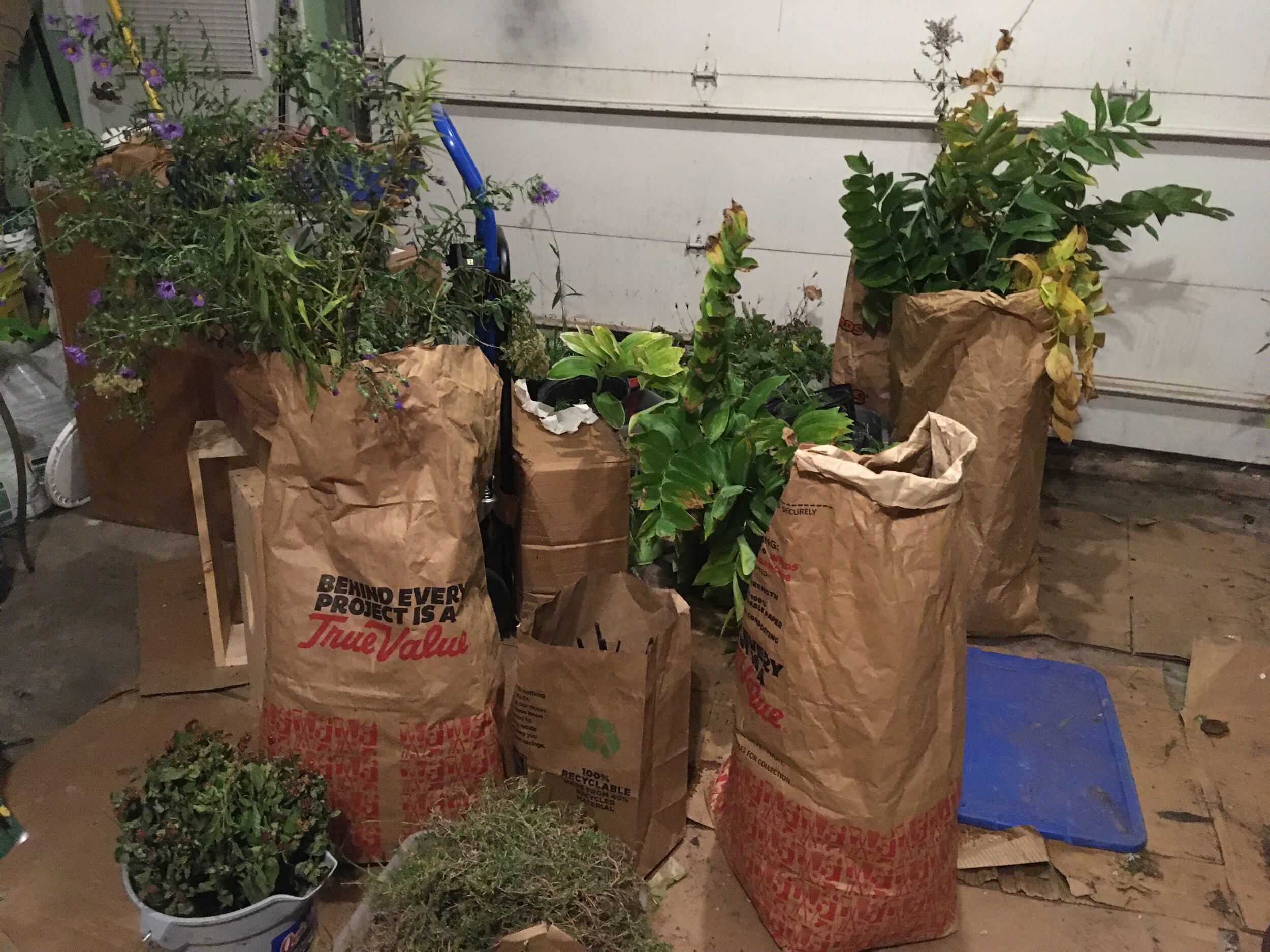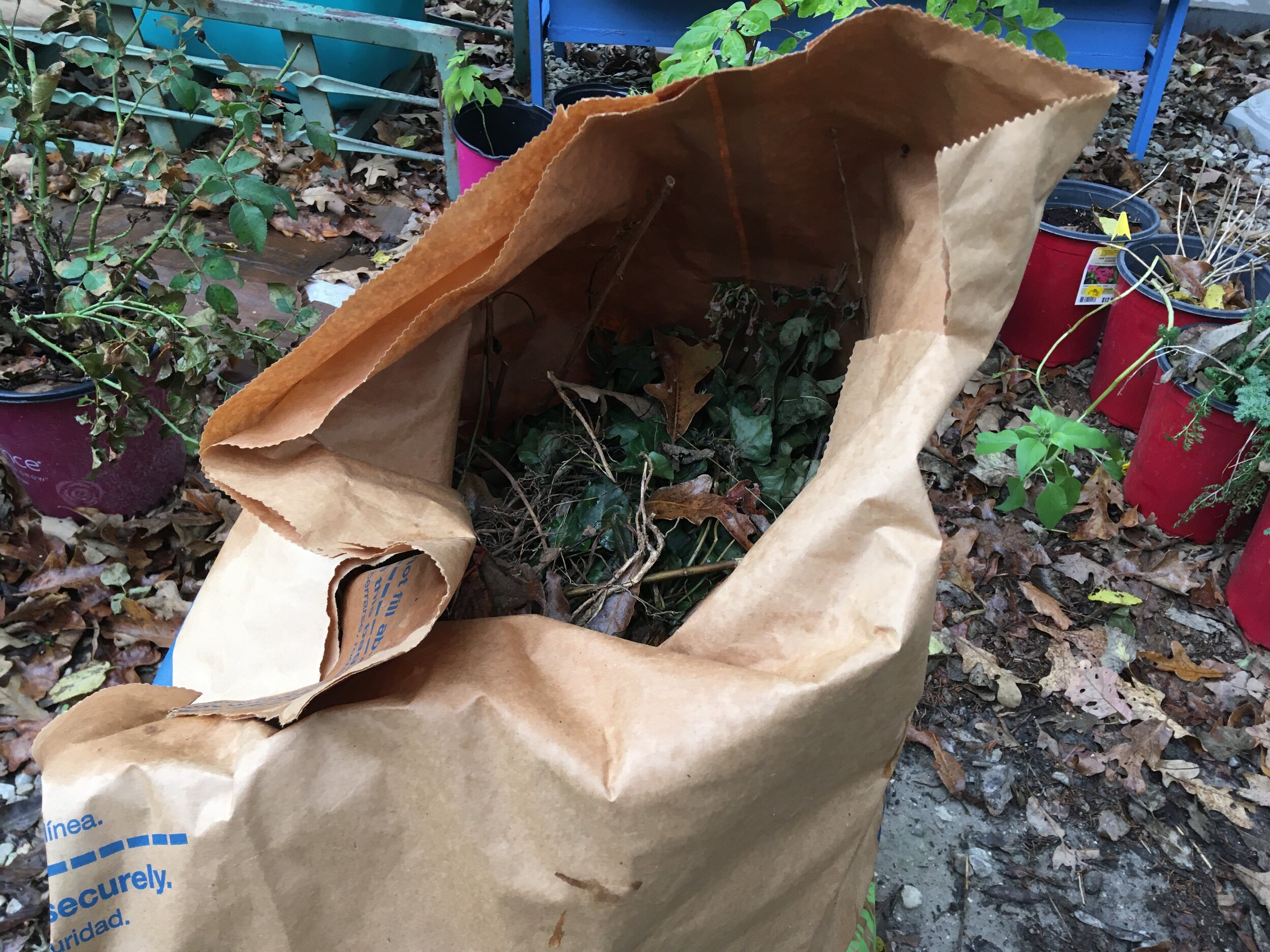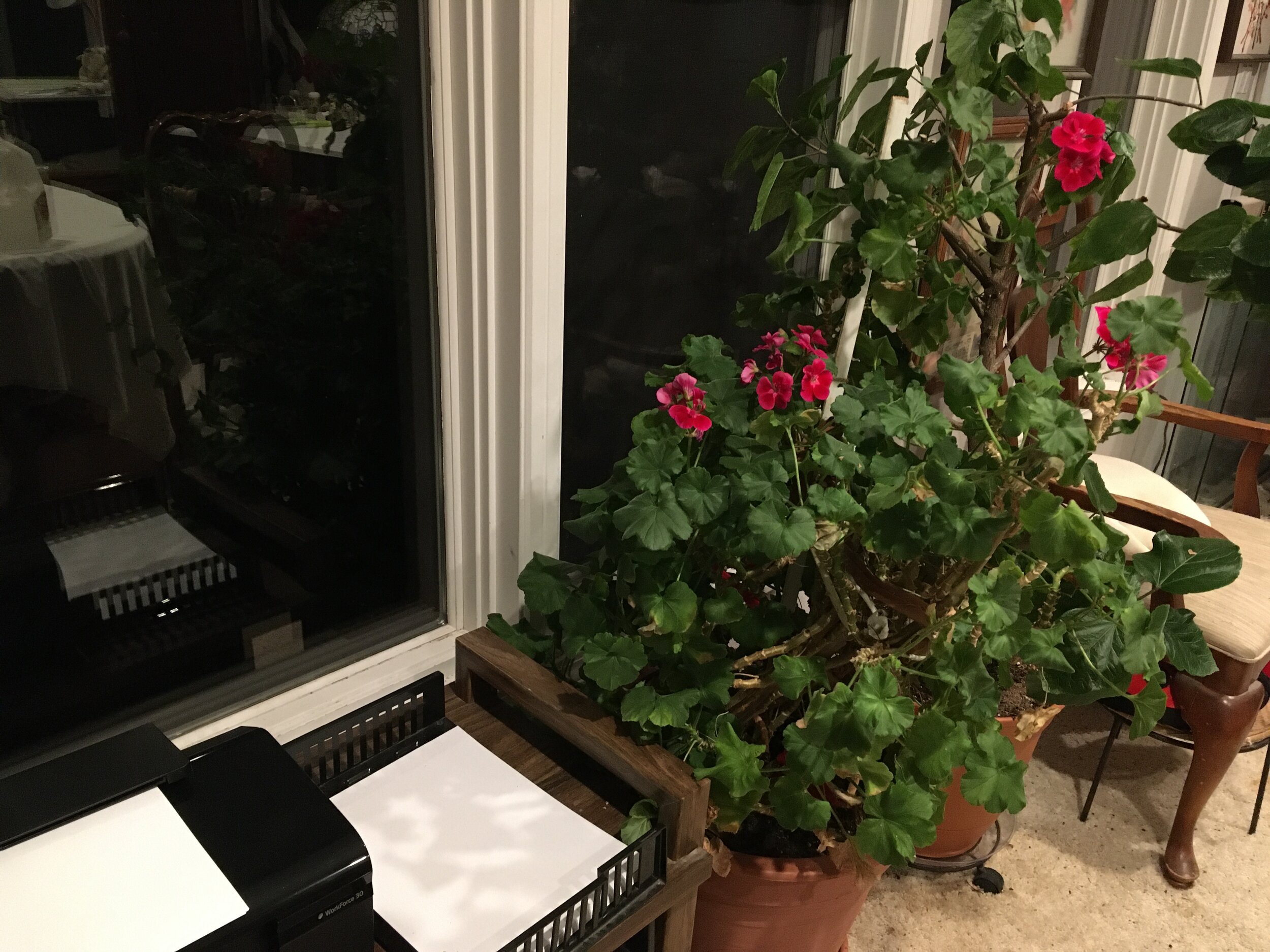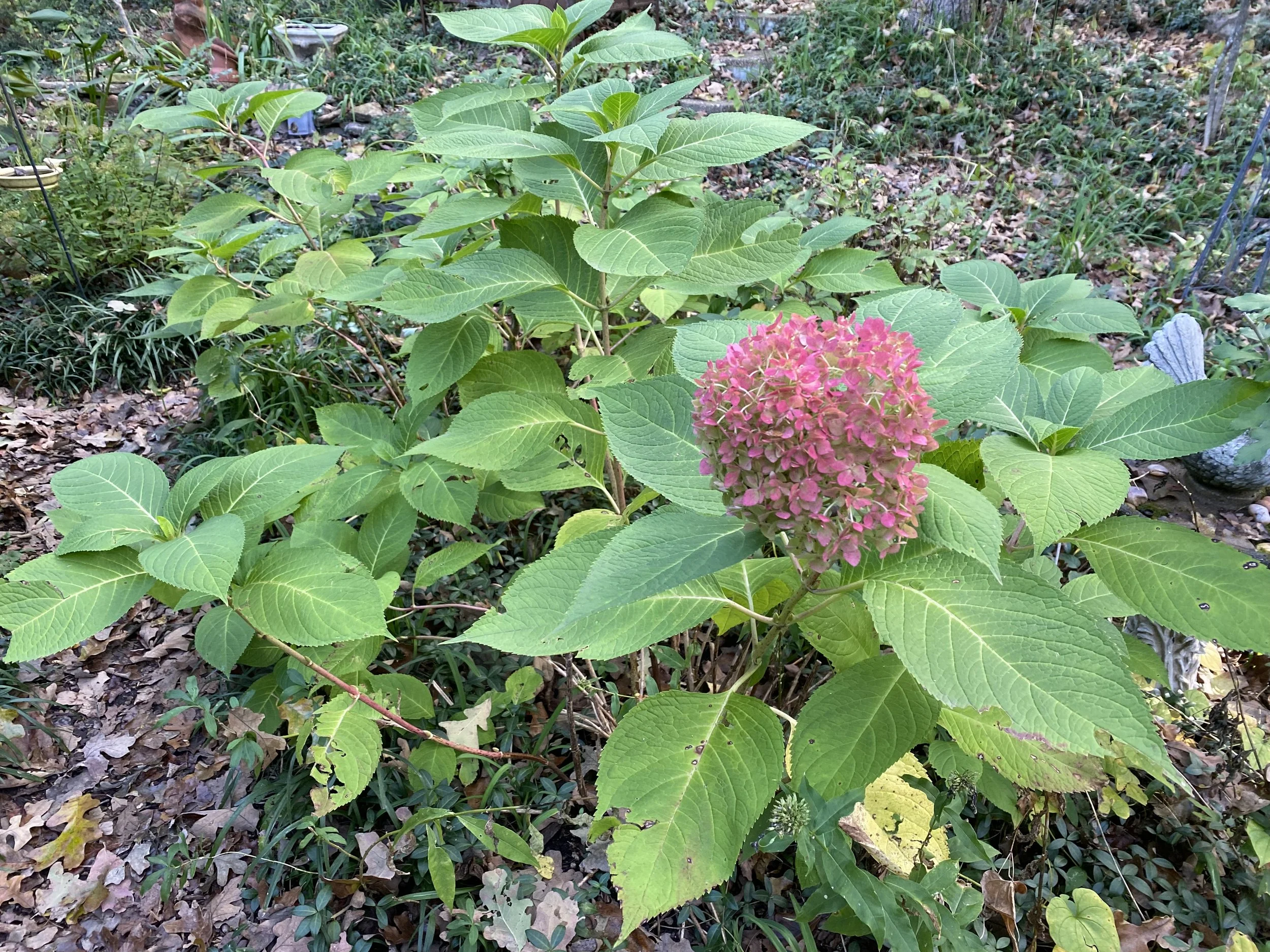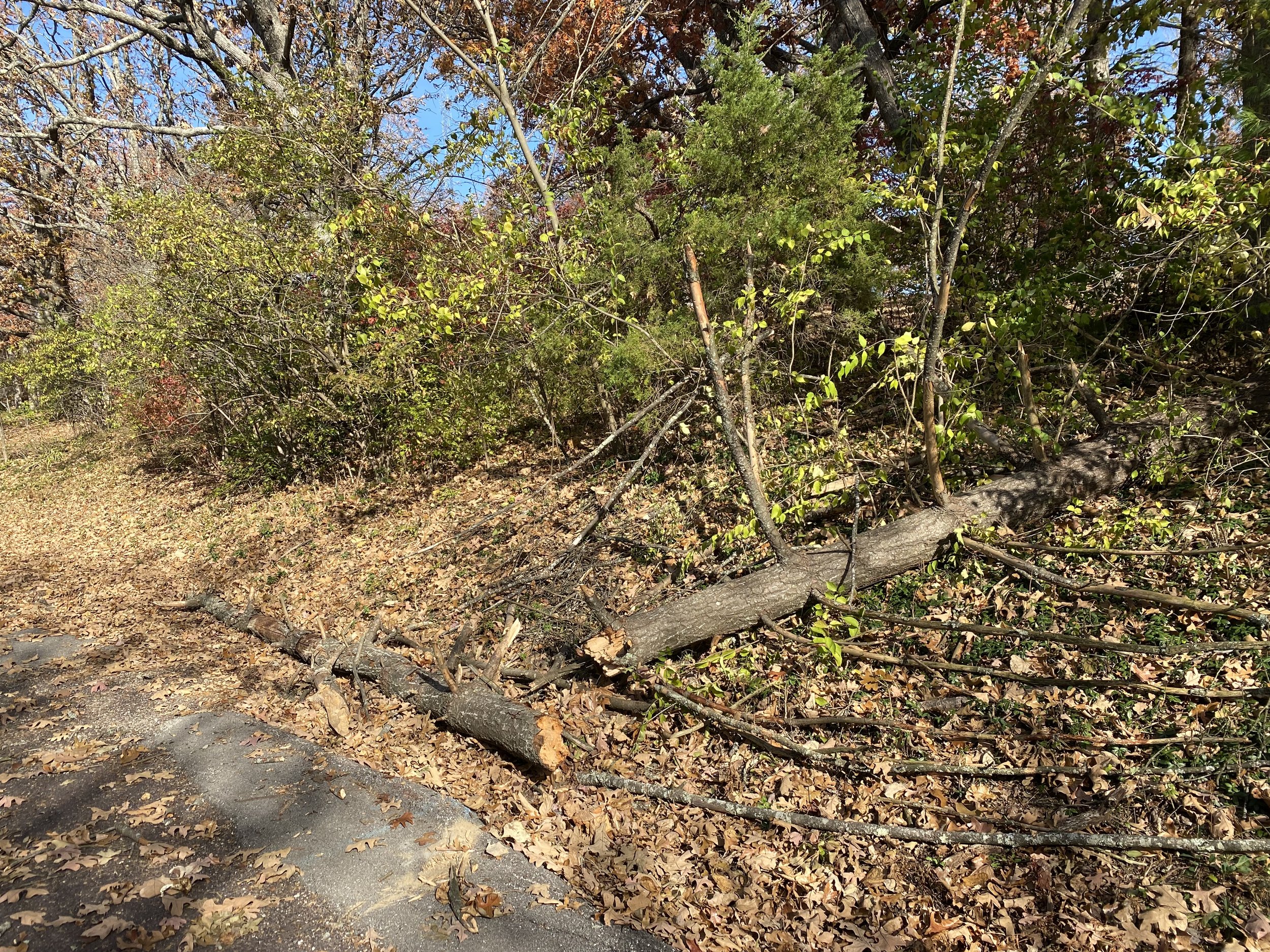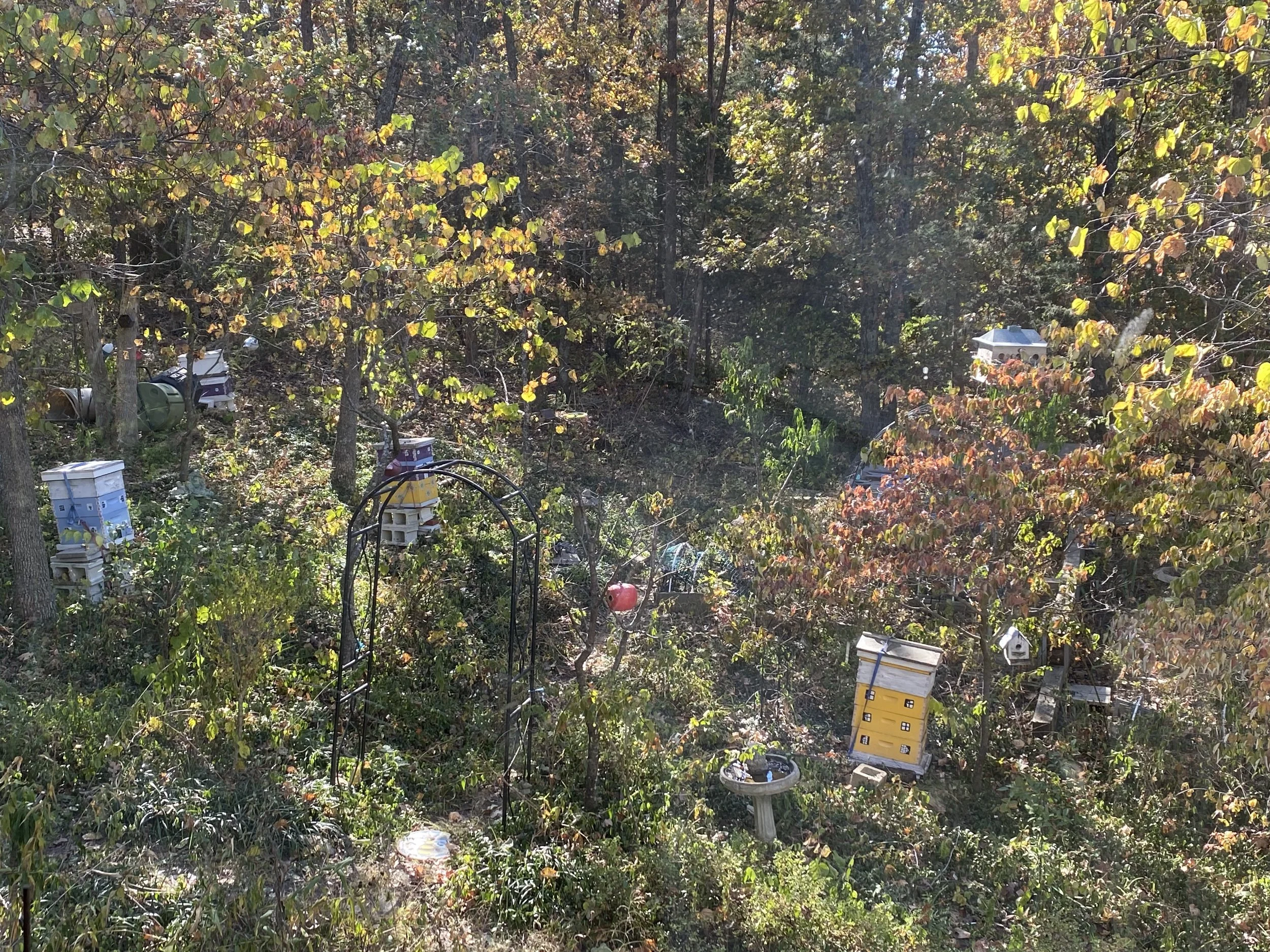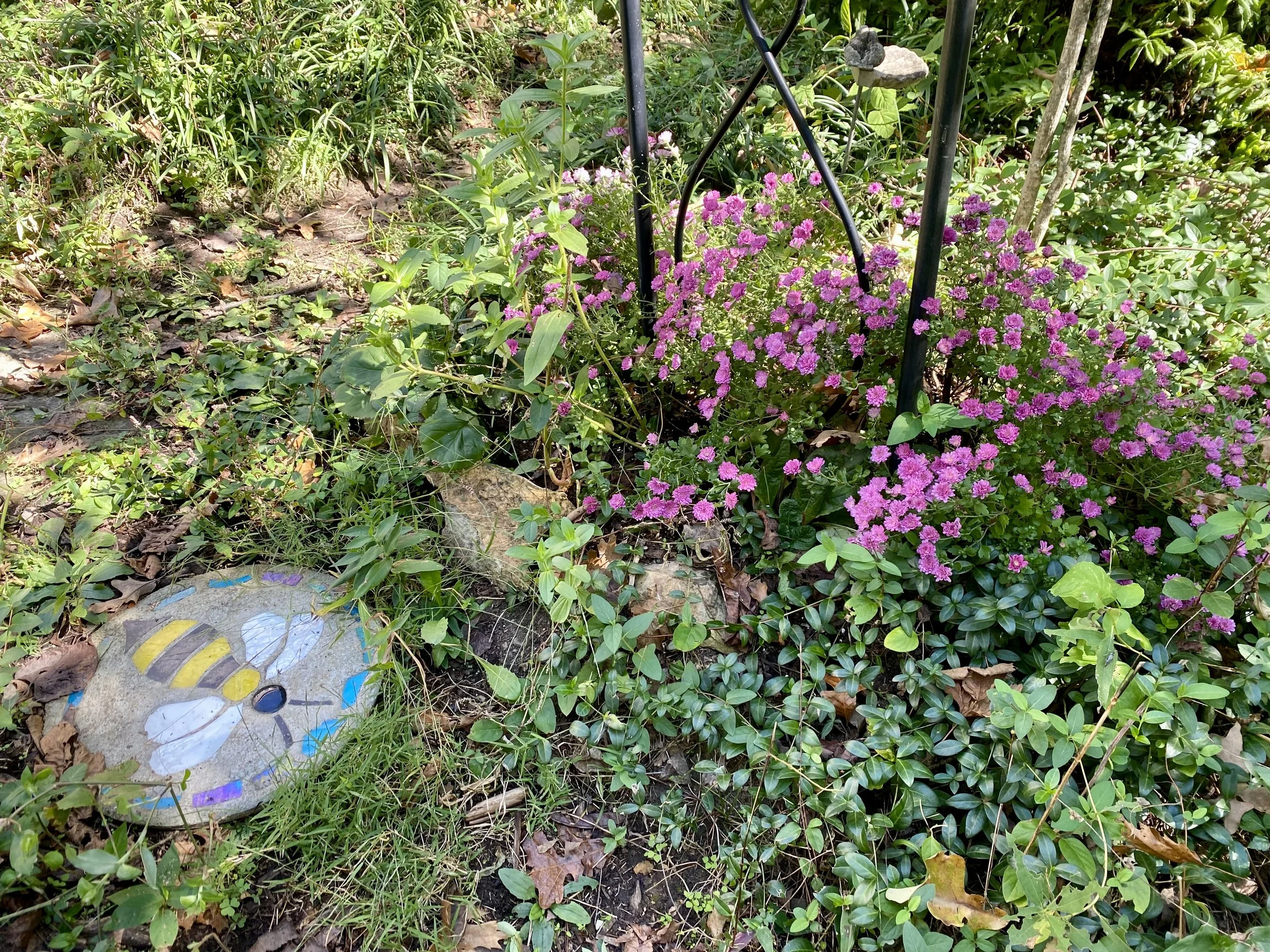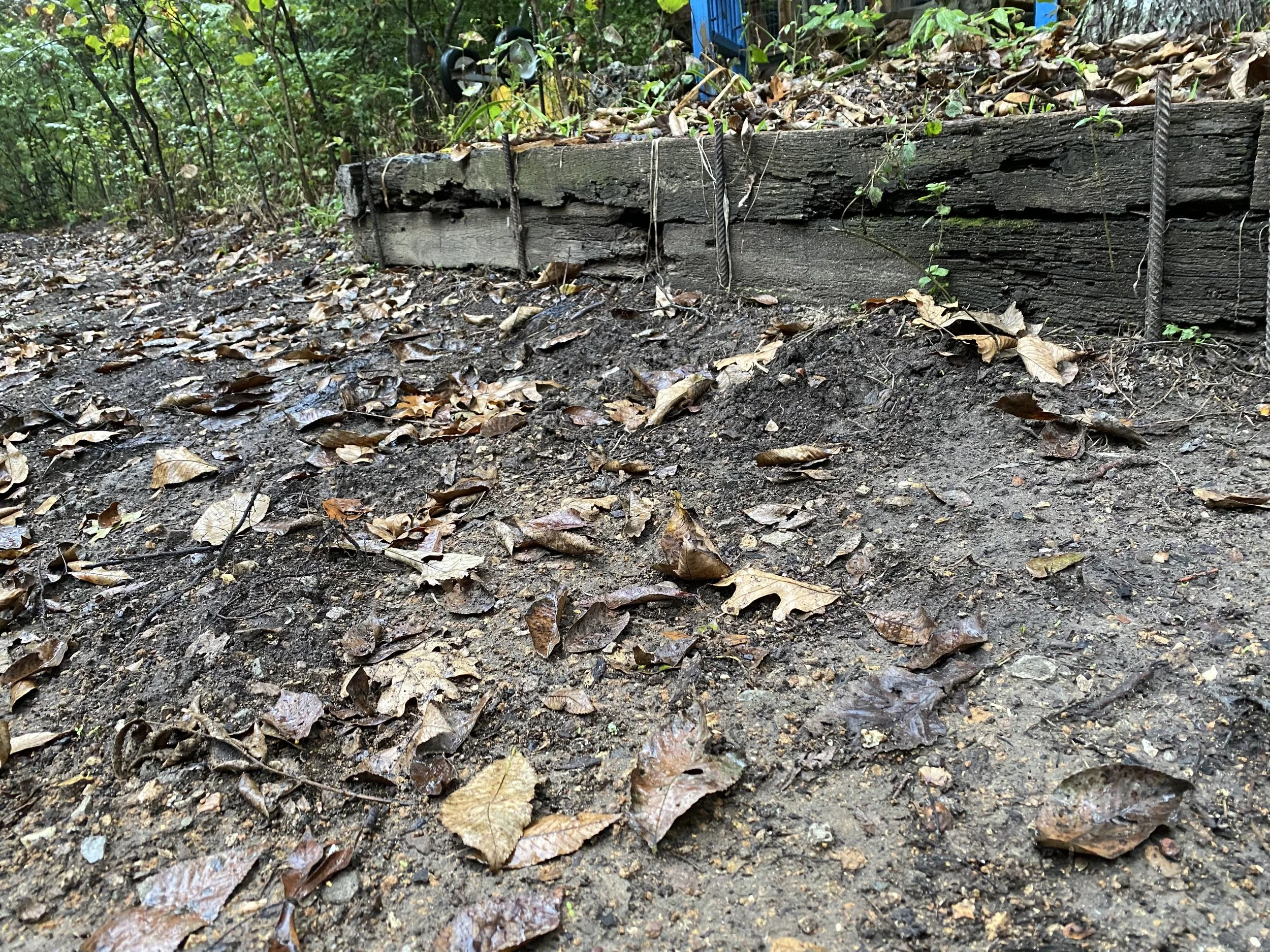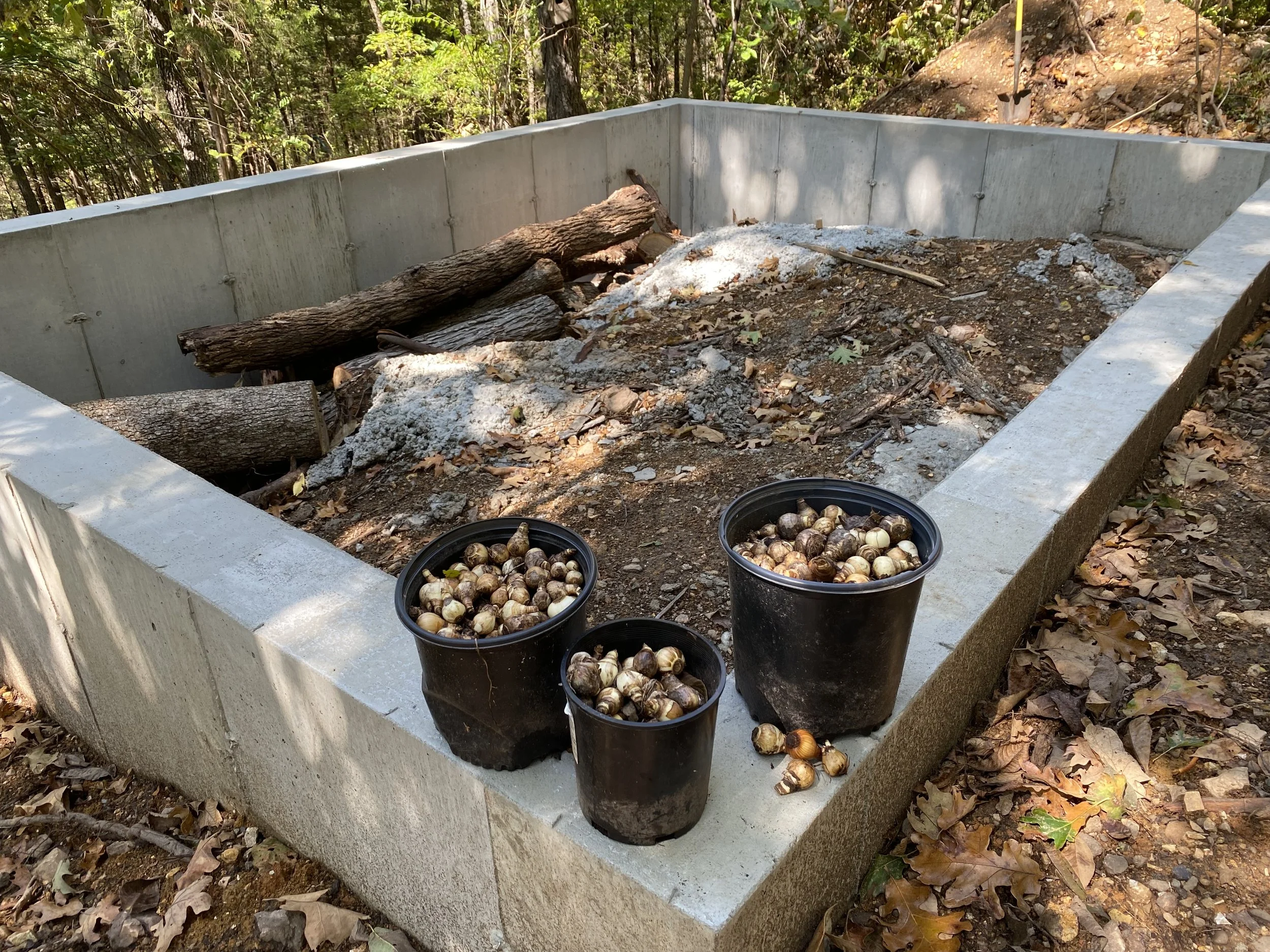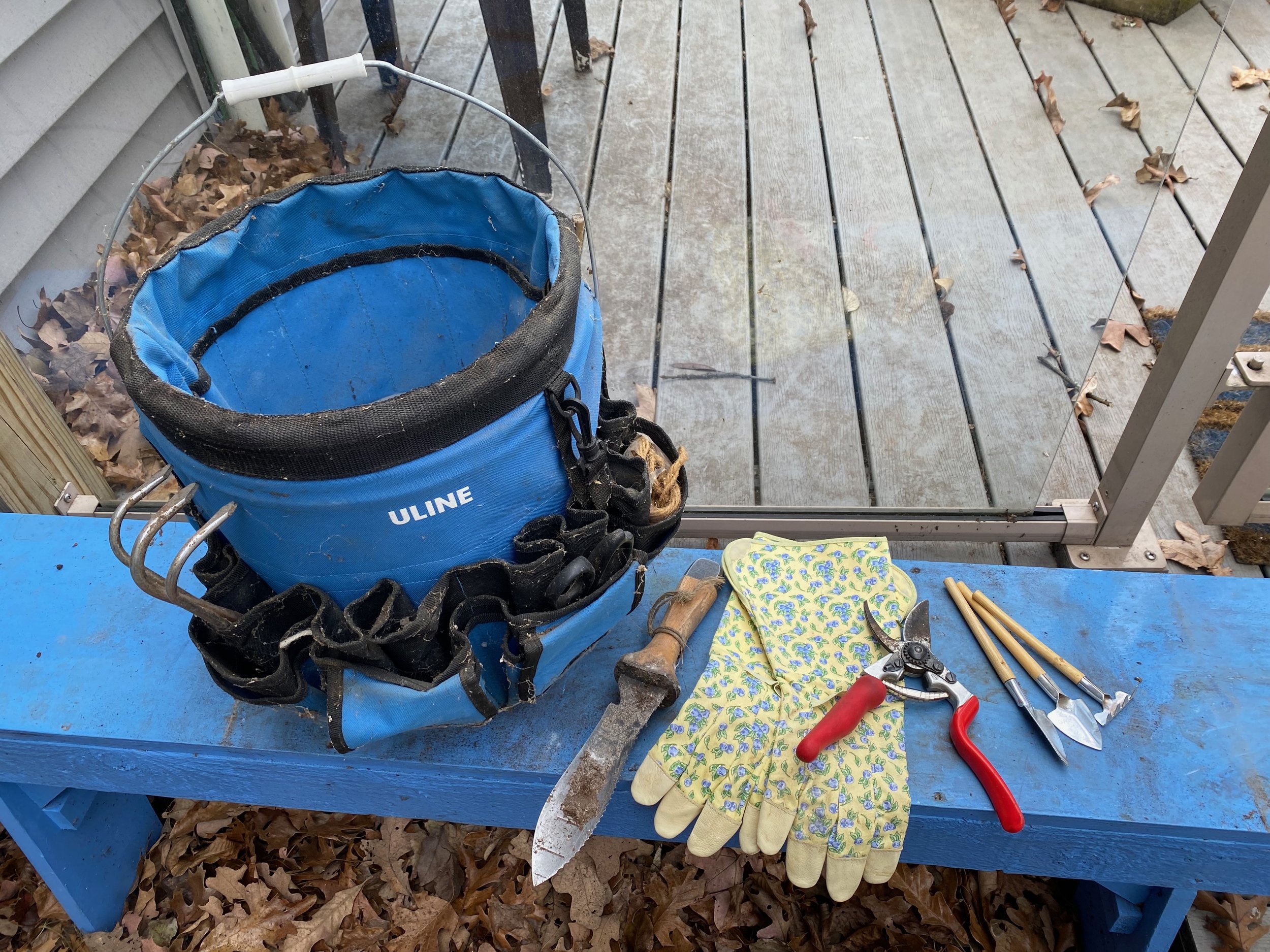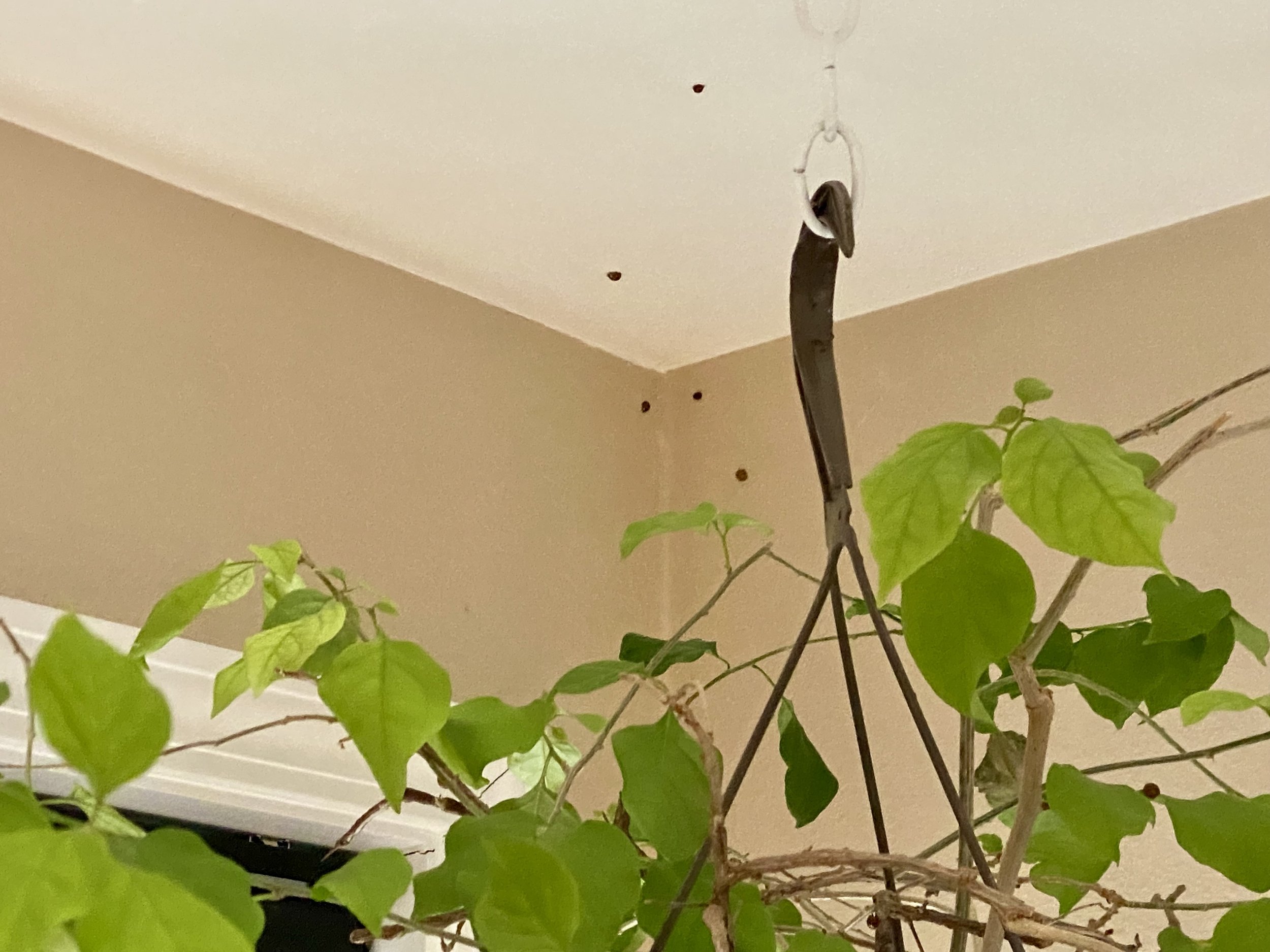December Gardening Jobs
/time to finish mulching flower beds with shredded oak leaves. (charlotte ekker wiggins photo)
December Gardening Jobs
I will be planting the last of my new plant arrivals this month, hopefully a good 5 weeks before a hard frost. Last year, our soil never froze; the year before it was January. The rapid changes in our climate are showing up in my USDA Hardiness zone 5 garden.
I still have some spring garden bulbs to get in the ground. Sprinkled with bone meal in the hole before placing the bulb, these new garden additions will be fun to see in bloom in only a few months. Or so I remind myself; I miss my green garden wintertime.
Here are some other December gardening jobs:
Get broken branches and limbs trimmed before ice hits, or before someone runs into them visiting for the holidays. You know where they are but people new to your property are bound to run into them.
As soon as a hard frost hits, it will be time to mulch. Mulching maintains the soil at an even temperature. During winter, the point of mulching is to keep plants in hibernation. If you still have shredded leaf piles, move those into flower beds, those will also make good mulch.
To mulch trees, make a well around the tree trunk and leave an area the width of a tire between the tree trunk and the mulch. When mulching, don’t pile mulch up to the trunk or you will create an area for diseases. Leaving a little moat around the tree also reduces girdling.
Have empty pots, garden carts, rakes leaning against the side of the house? It’s time to clean them off and store them for the season. The rakes, in particular, you don’t want to step on the tines and hit yourself on the side of the head.
Mulch-covered mums showing new growth; keep them watered over winter. (Charlotte Ekker Wiggins photo)
If you are planting mums this fall, make sure to get them mulched and regularly watered over the cold months. Leave the dead growth, it will protect the young shoots growing in the plant center.
Empty composters into flower beds. Leave enough to get a new batch started.
Clean out and organize your garden implements so you know which ones need repairs including sharpening. Winter is a good time to get those done.
Did you save seeds this year? Get them in containers and labelled; store seeds in a cool dry space.
Keep an eye out for plant sales. Bulbs are usually half off this time of year and seasonal plants get marked down after the holidays.
Give gardening gifts for the gardeners on your gift list starting with these wonderful gardening gloves with honey.
Finally remember to rest and start planning for next year. If you haven’t already, make notes of what worked well this growing season and what you want to try next year. Before you know it, it will be spring!
